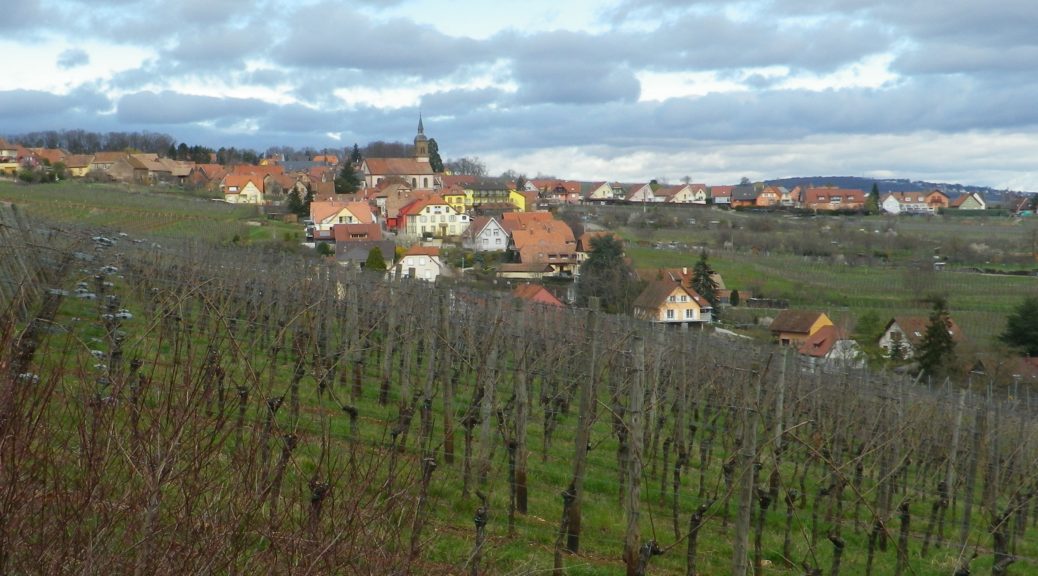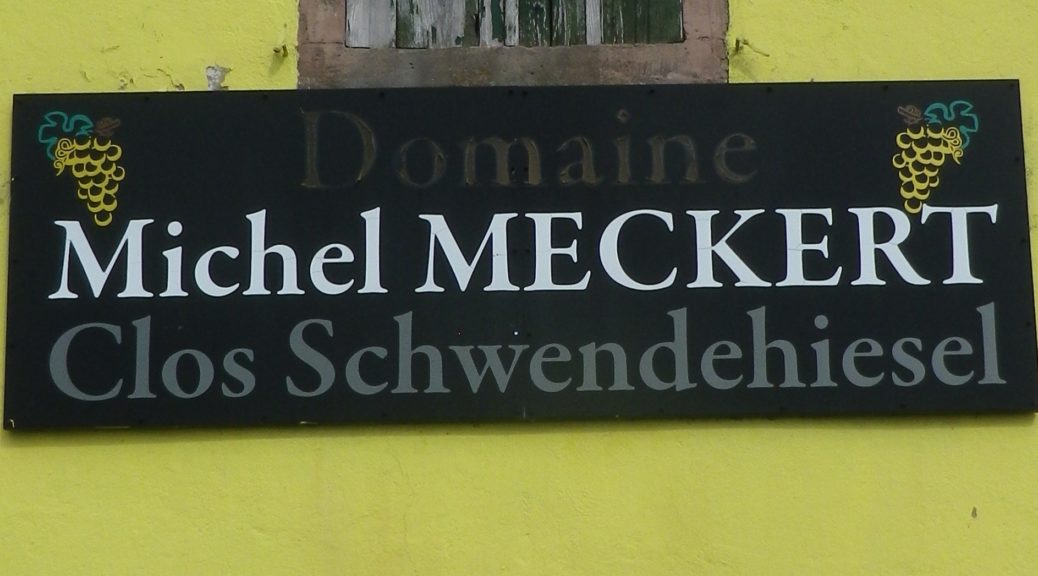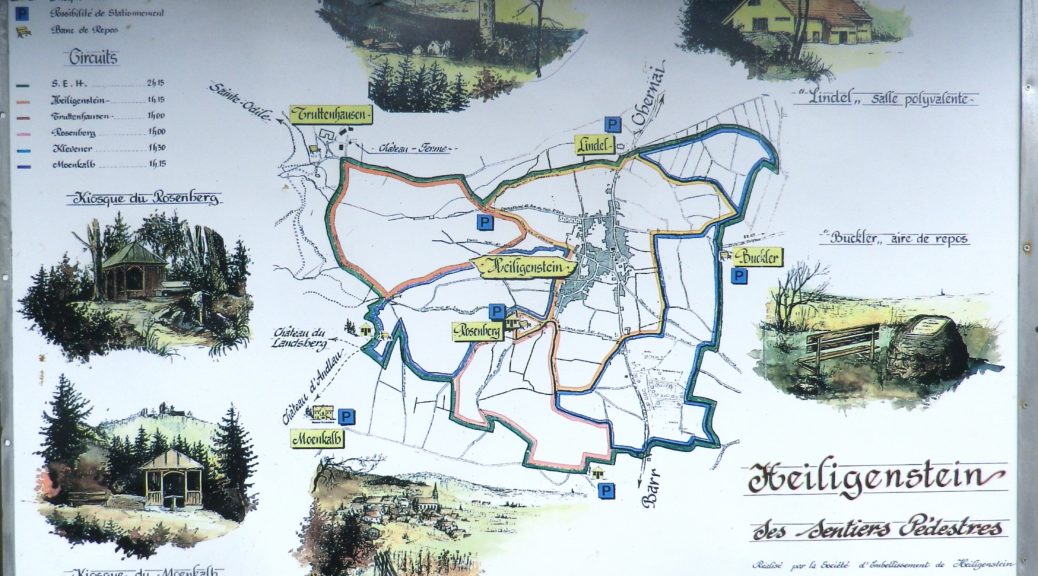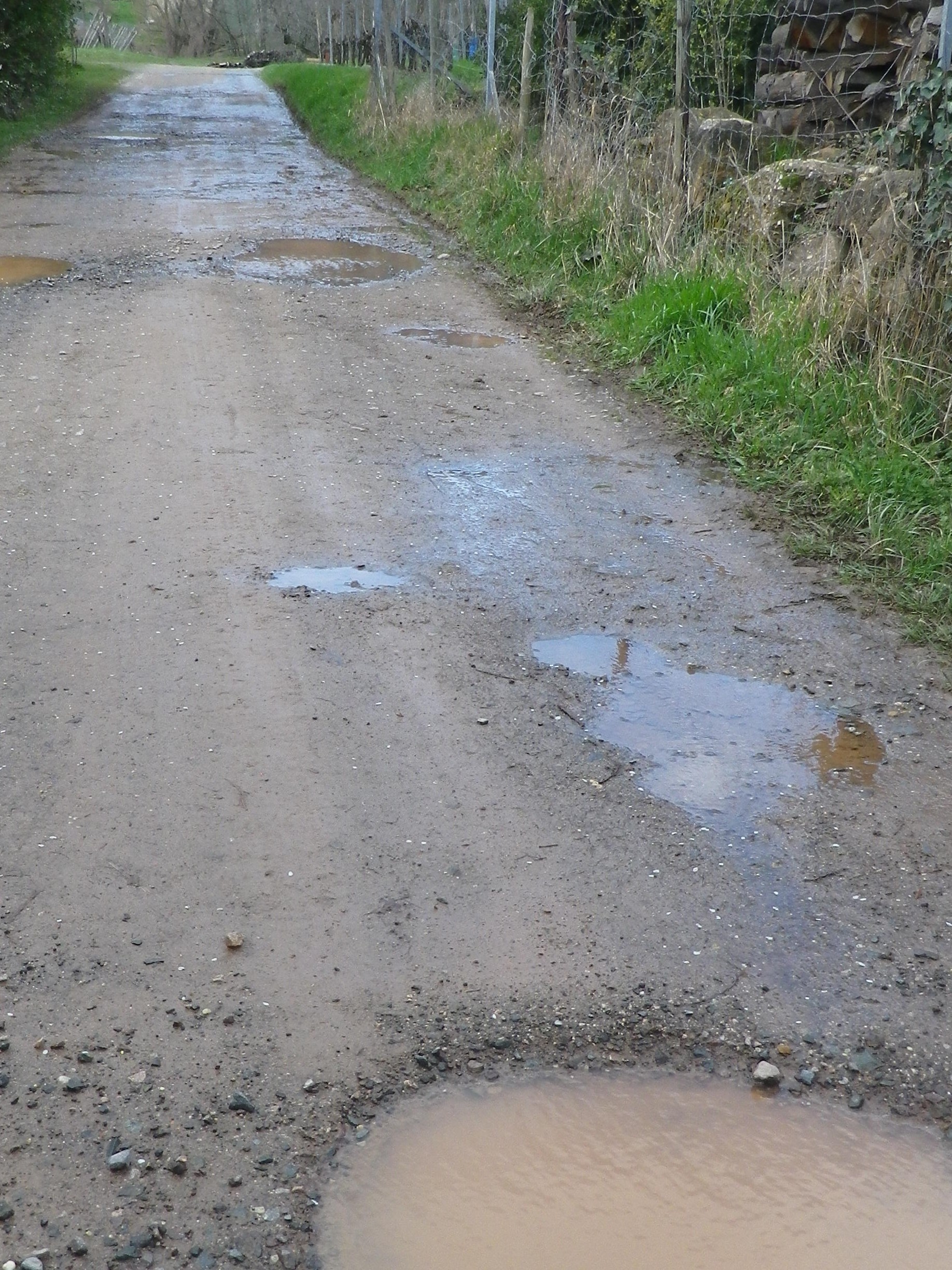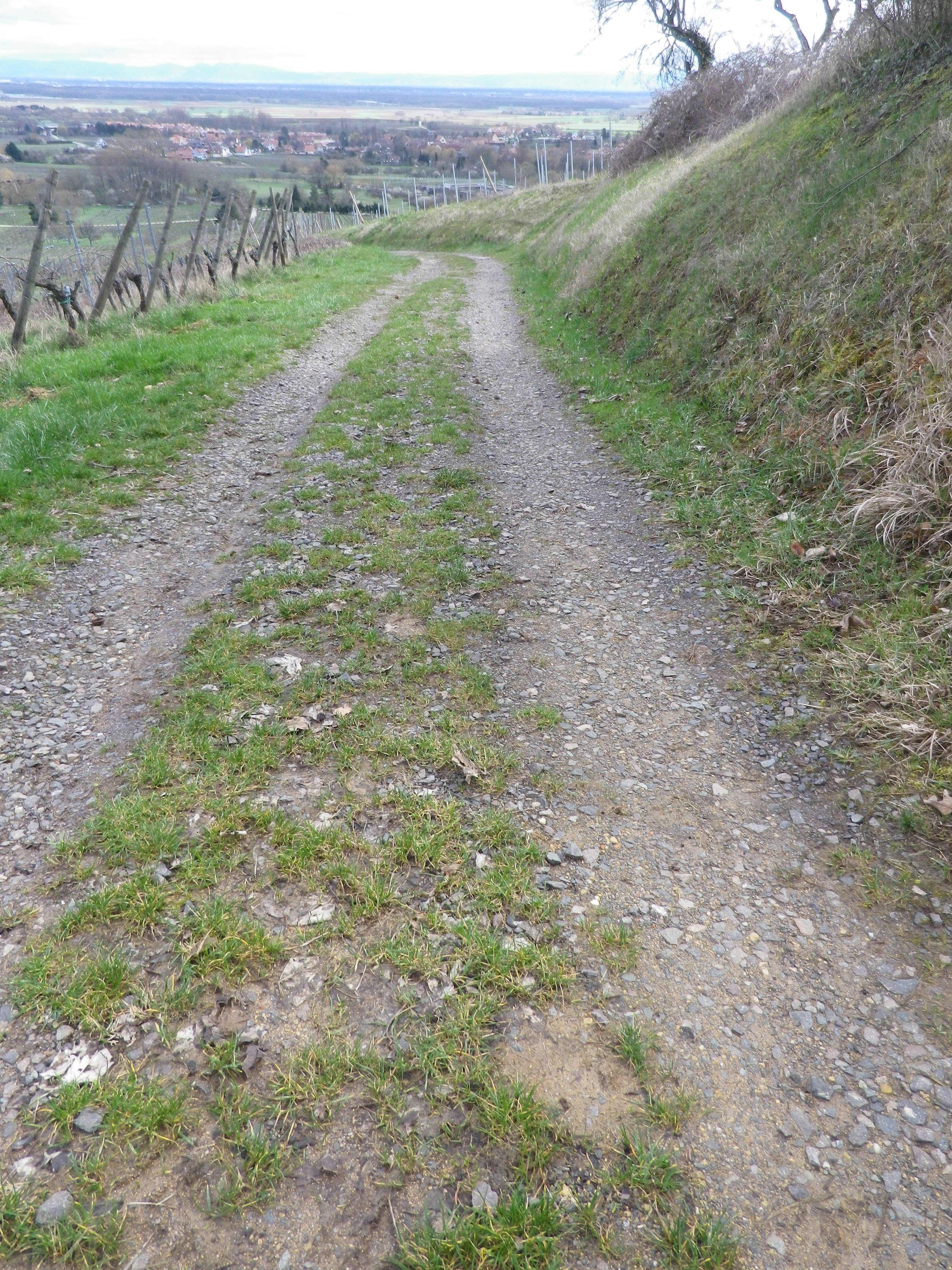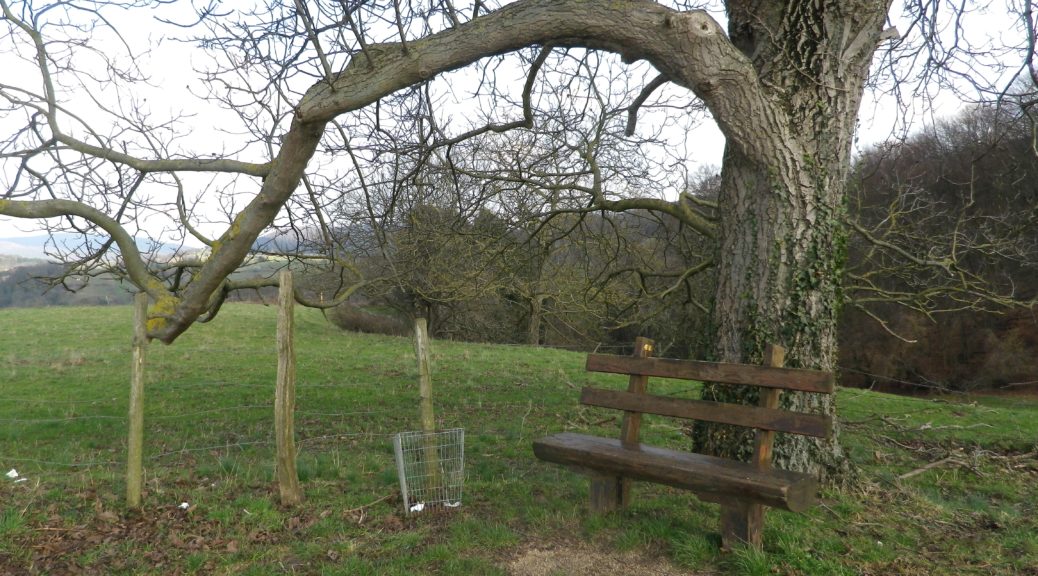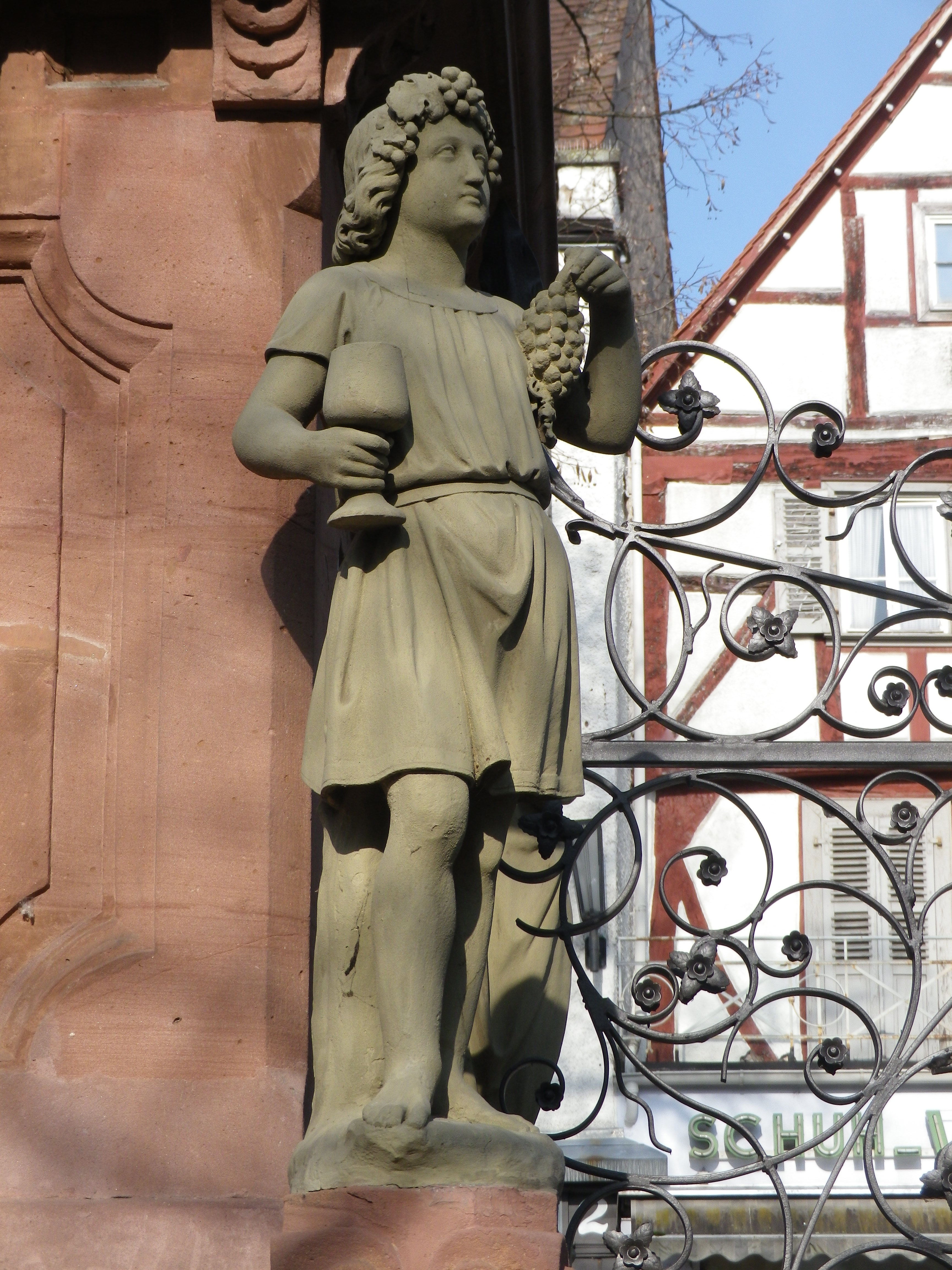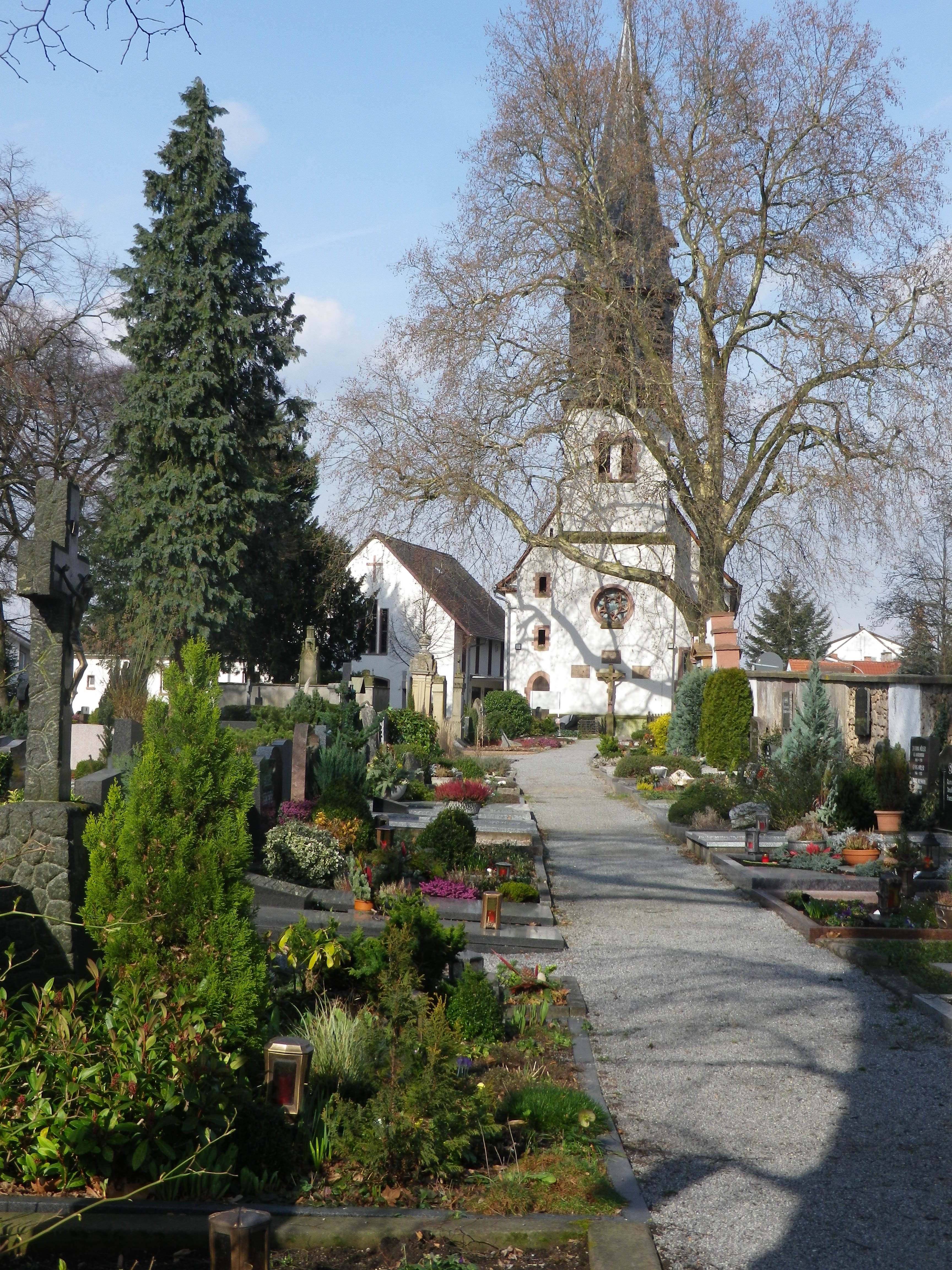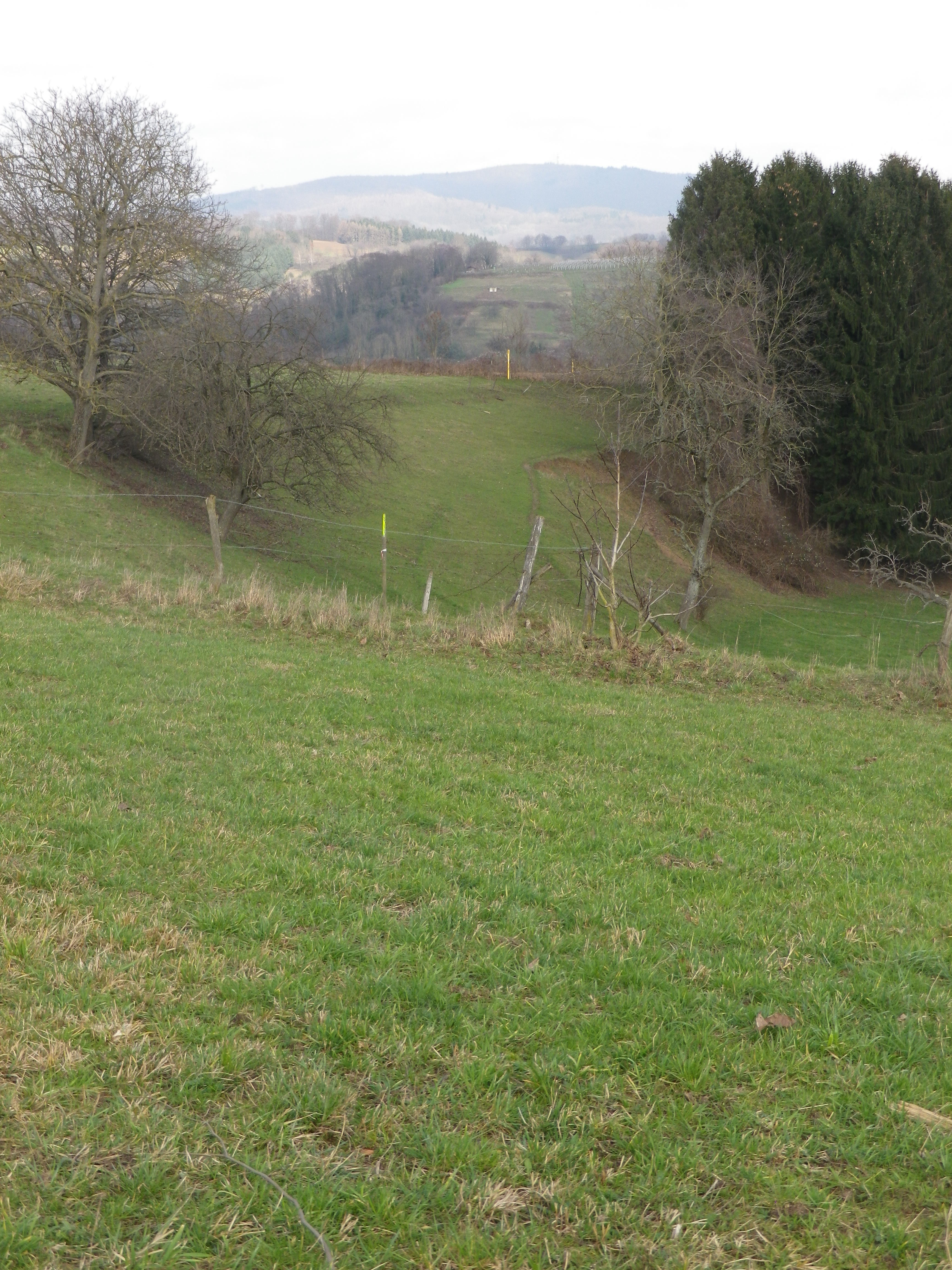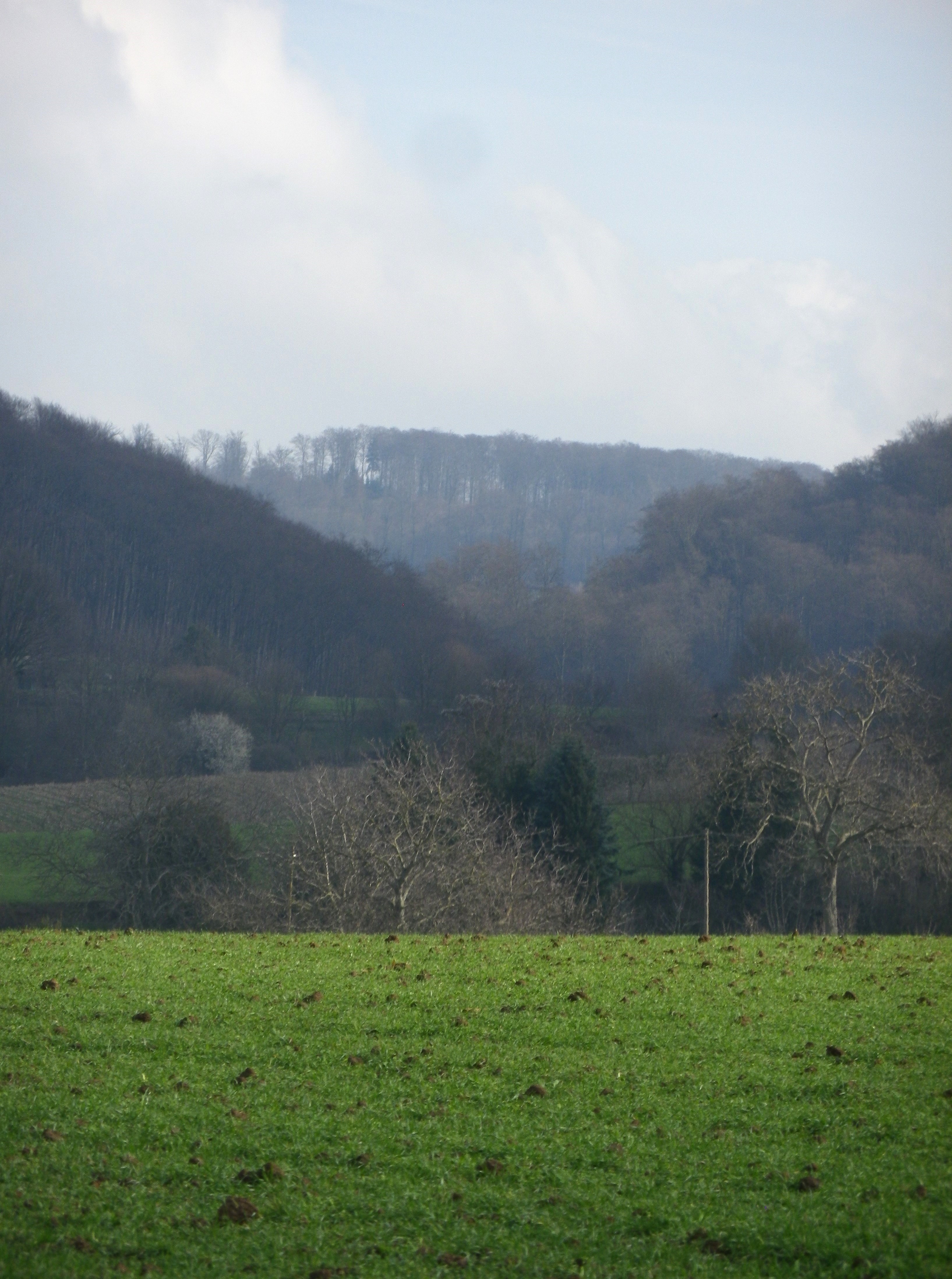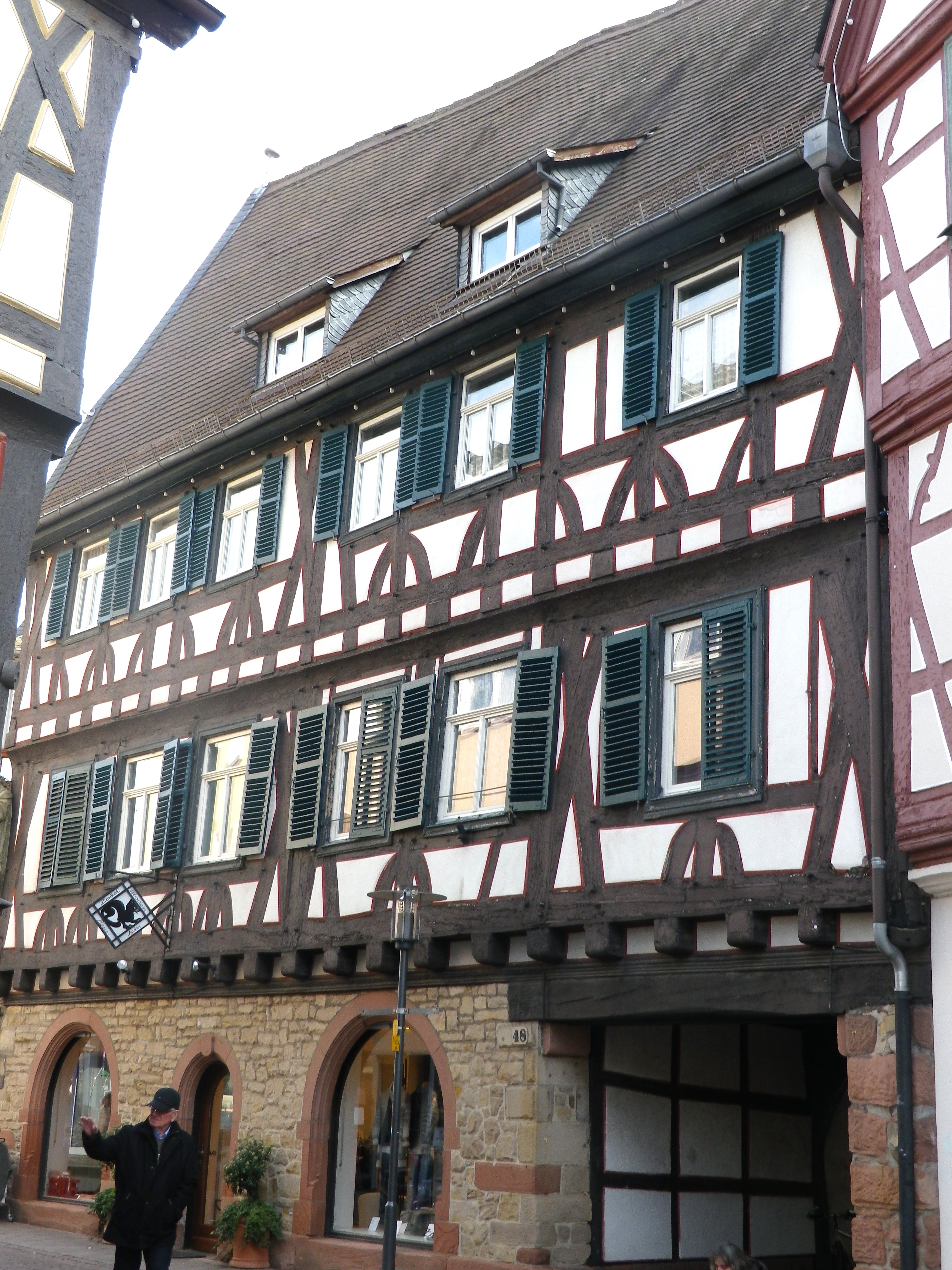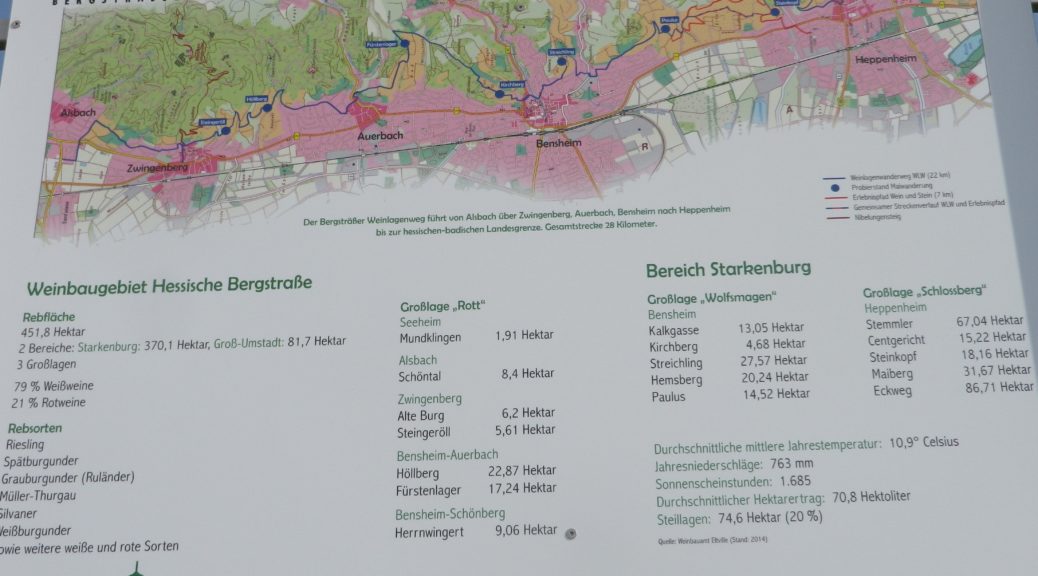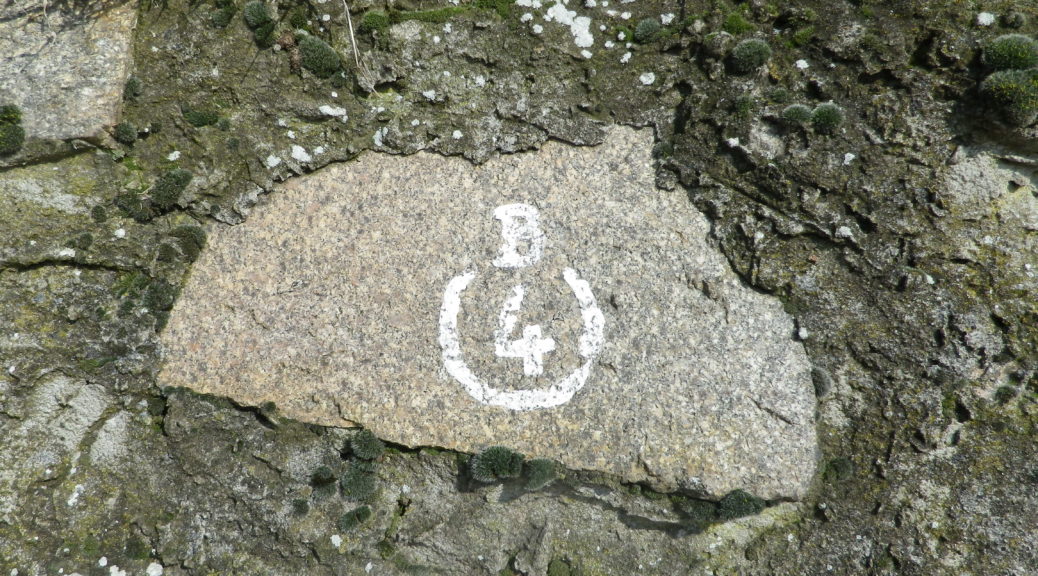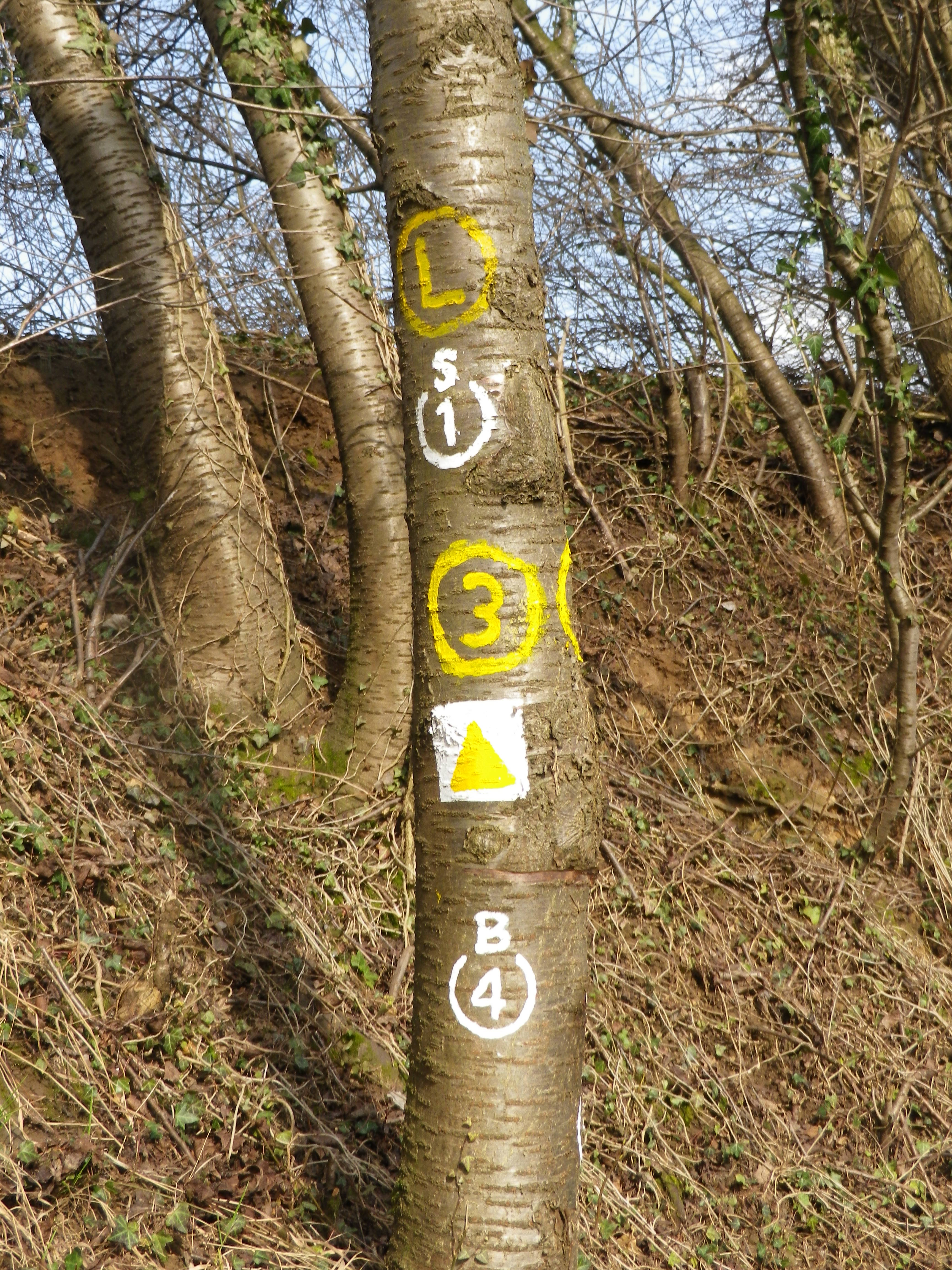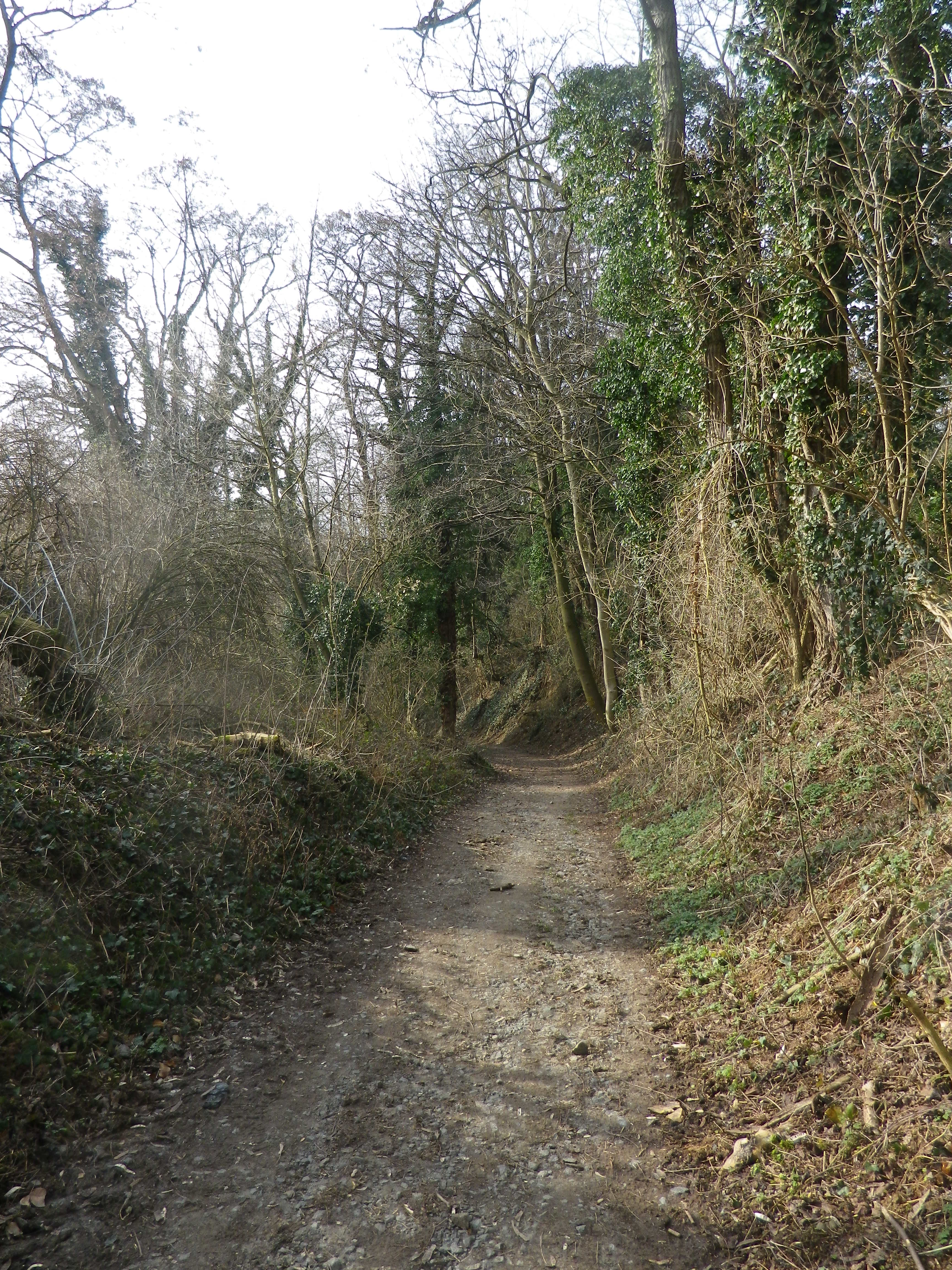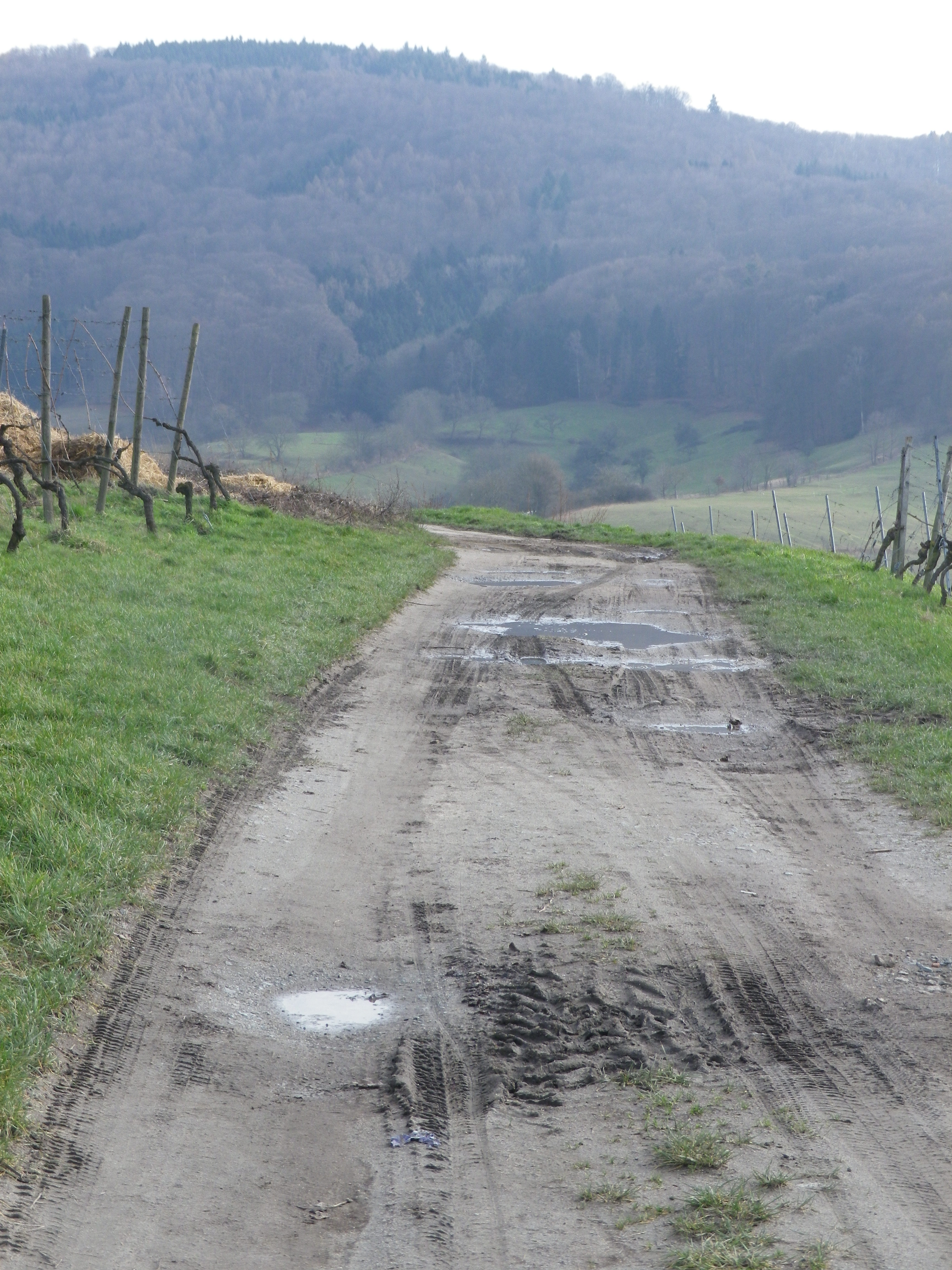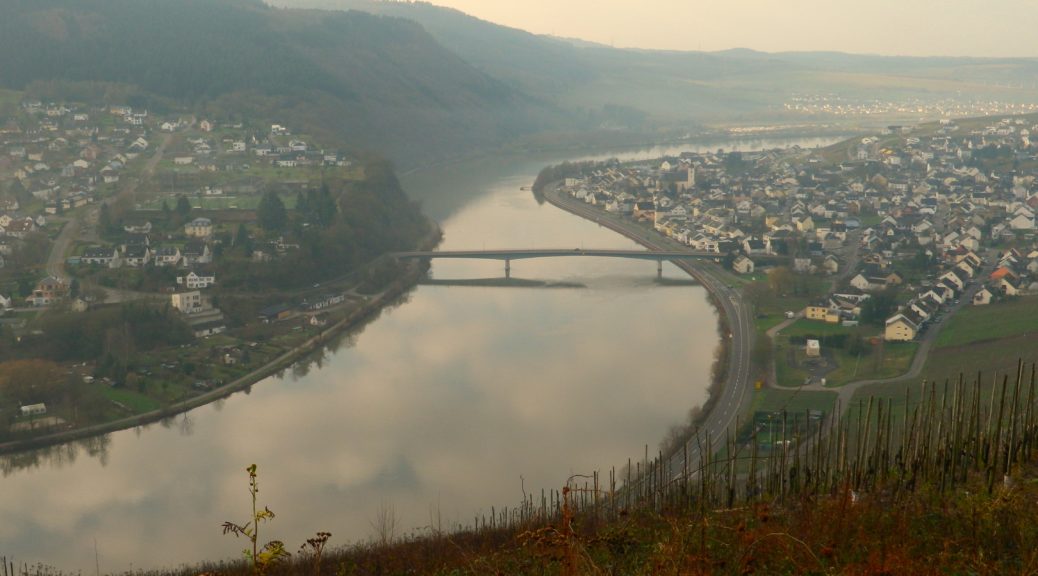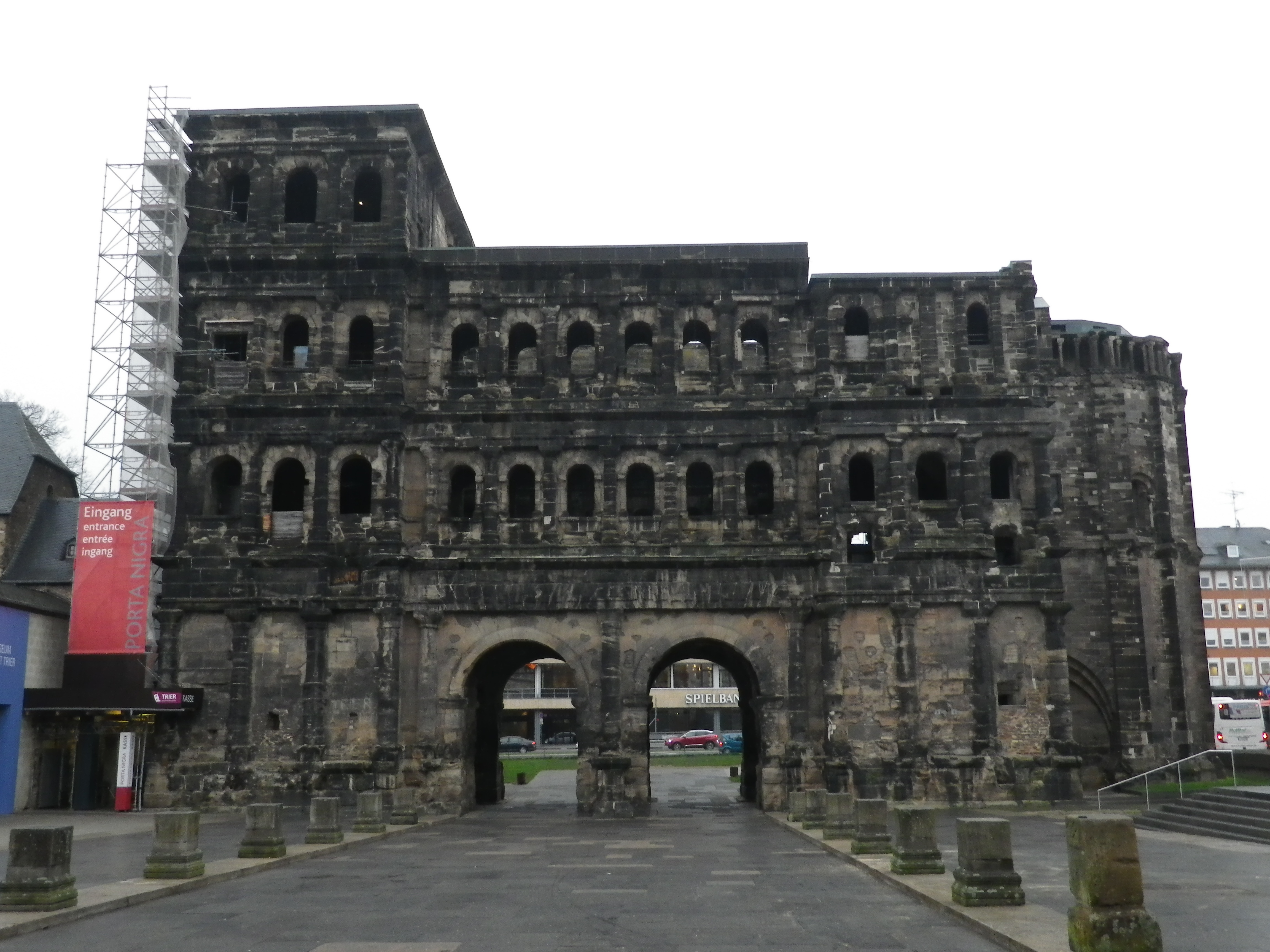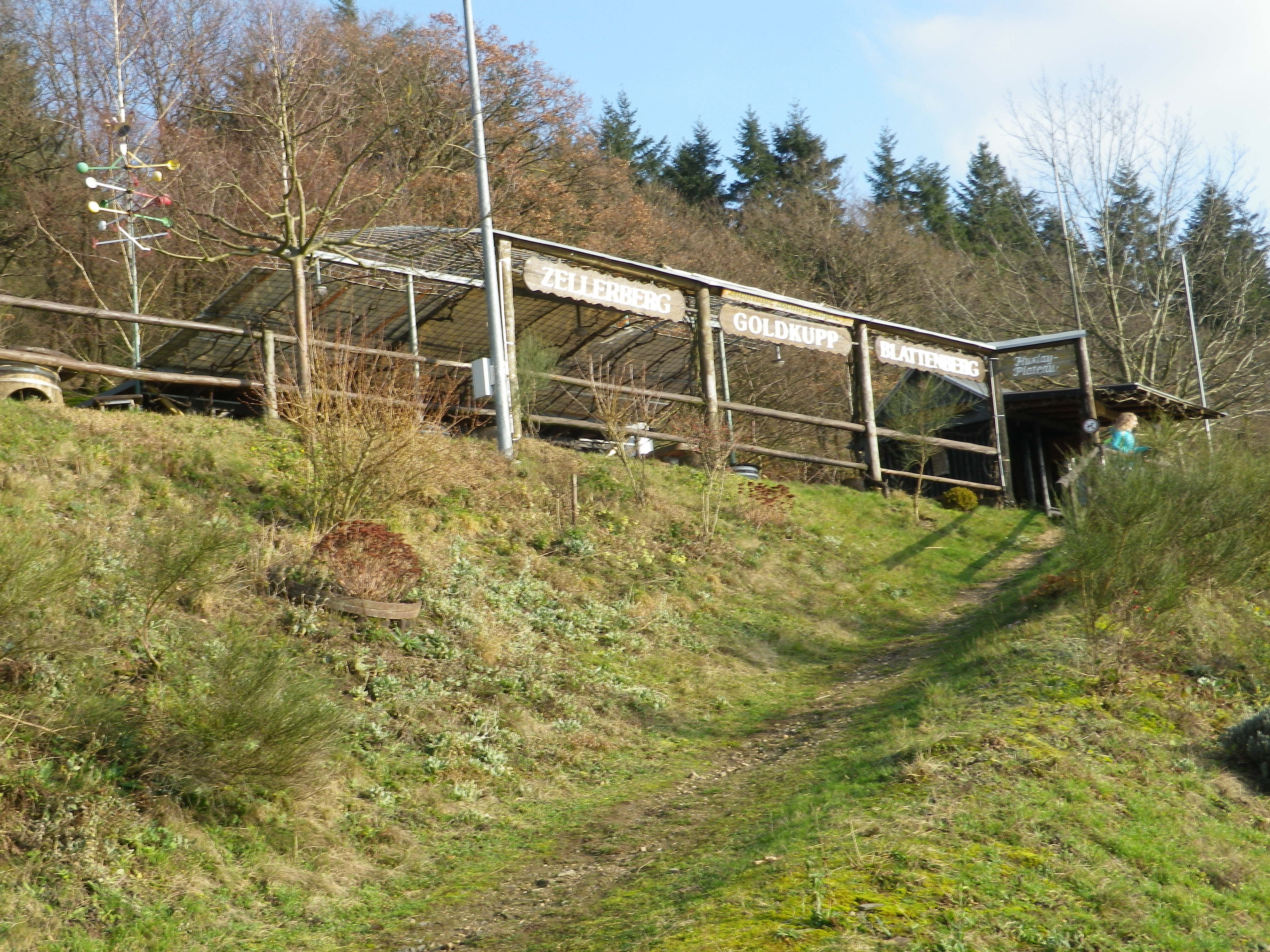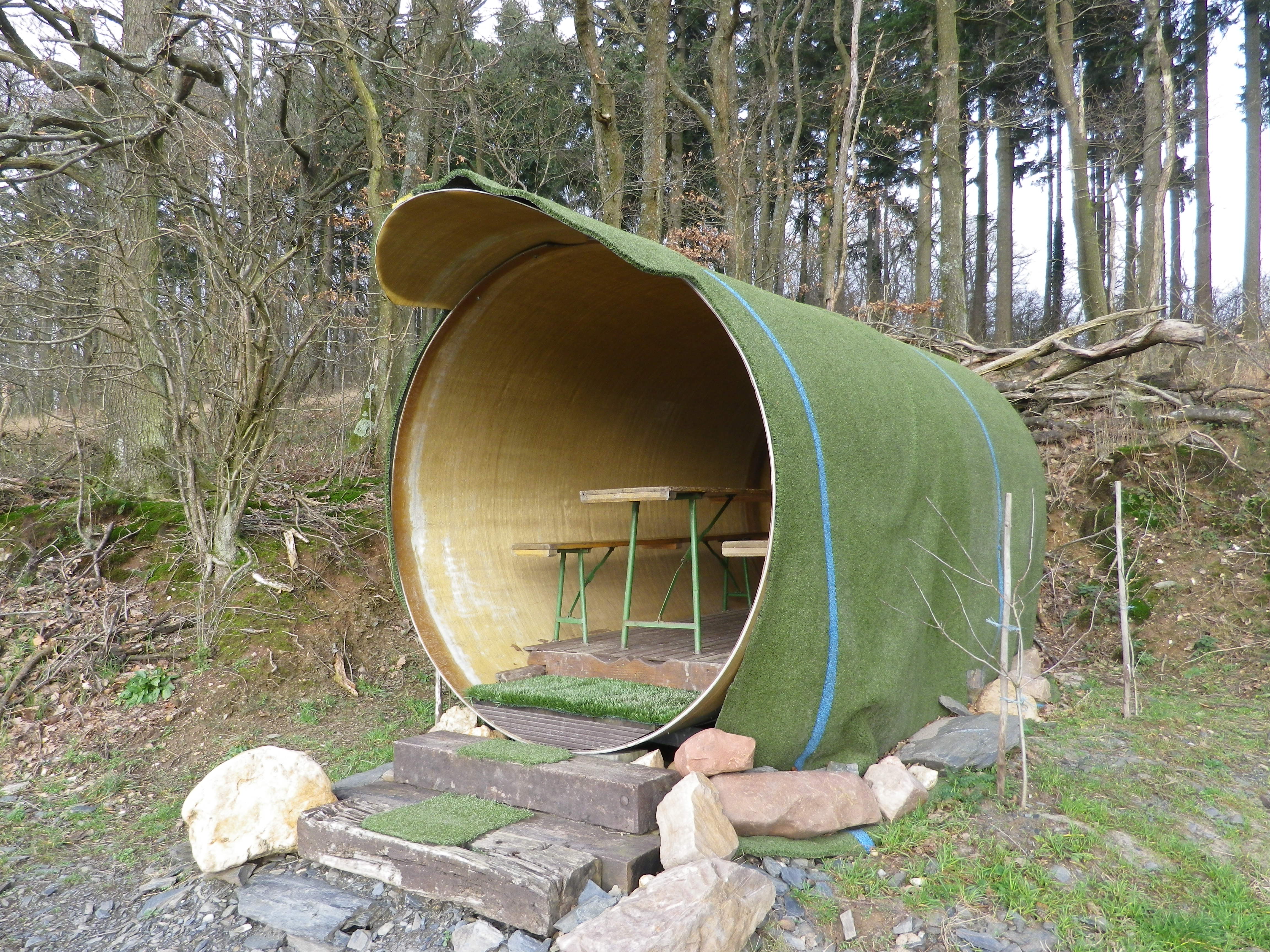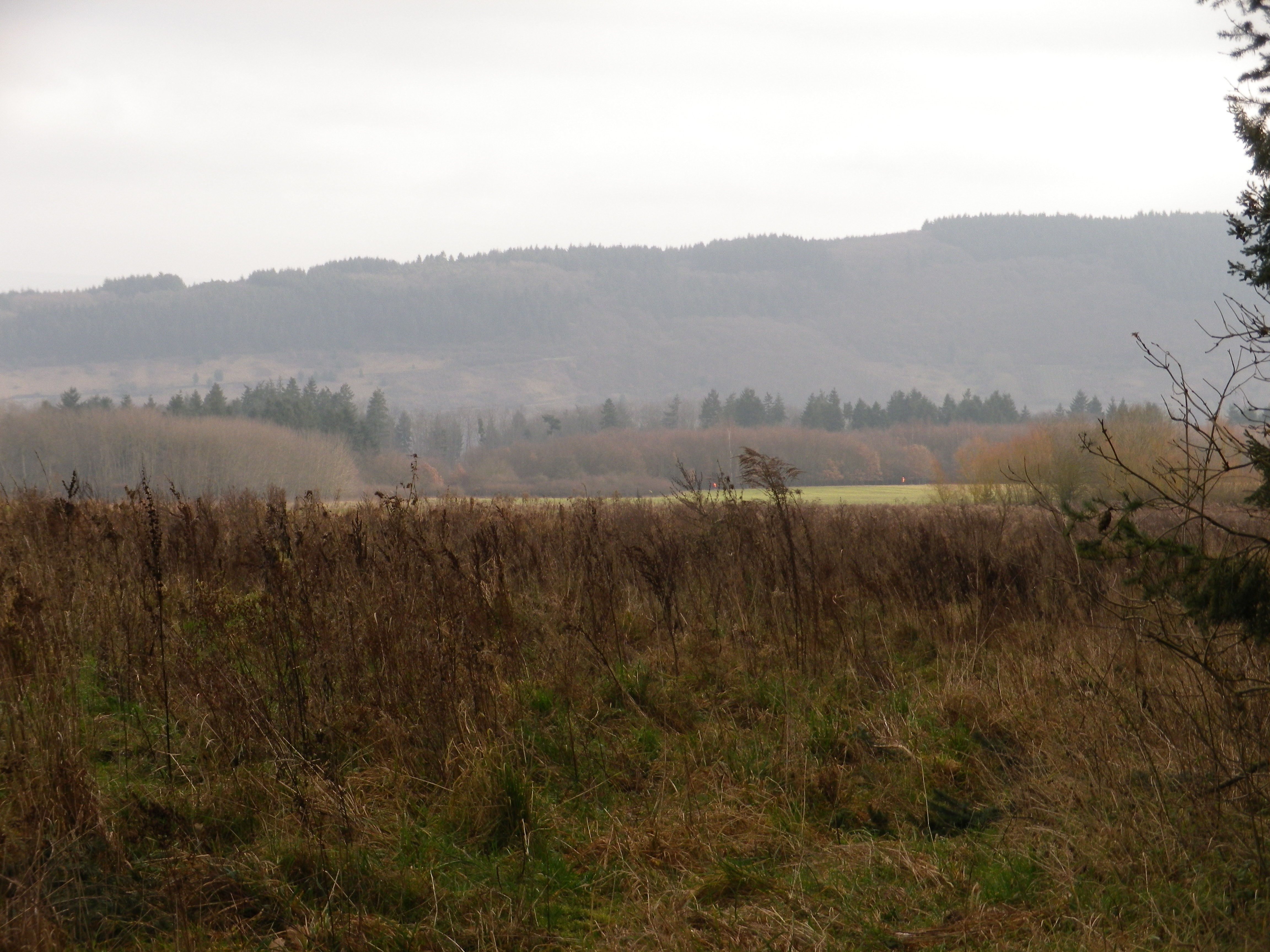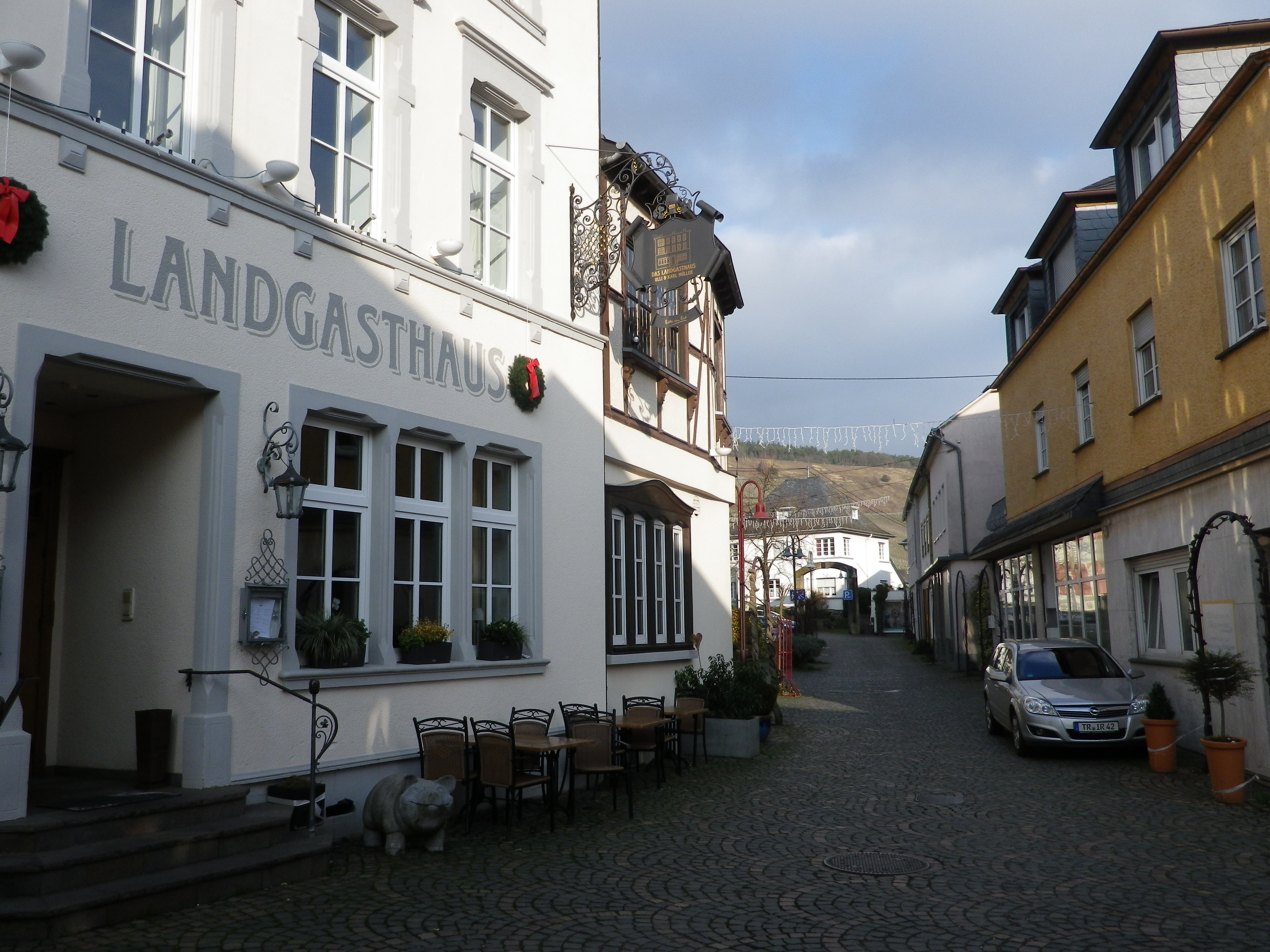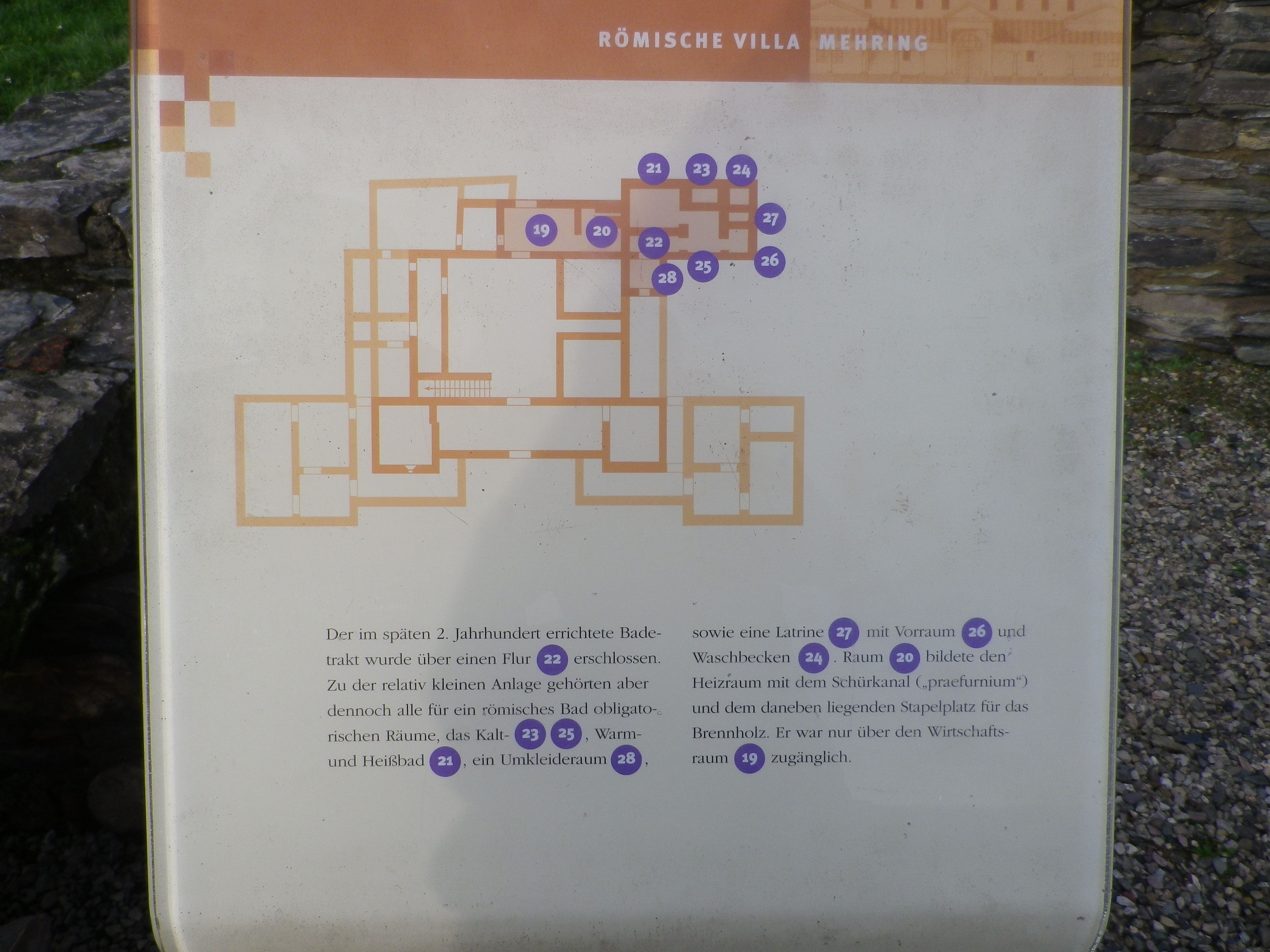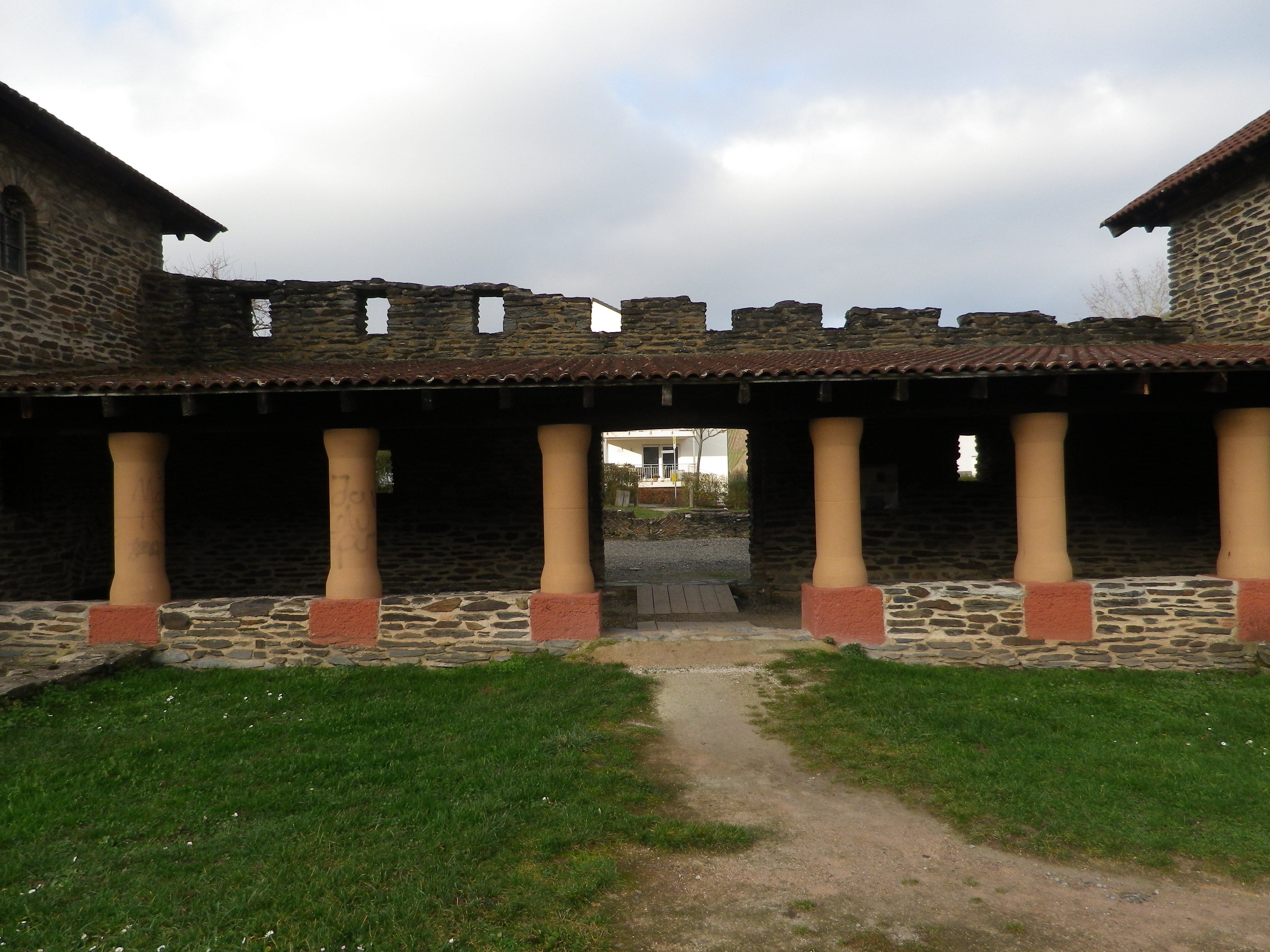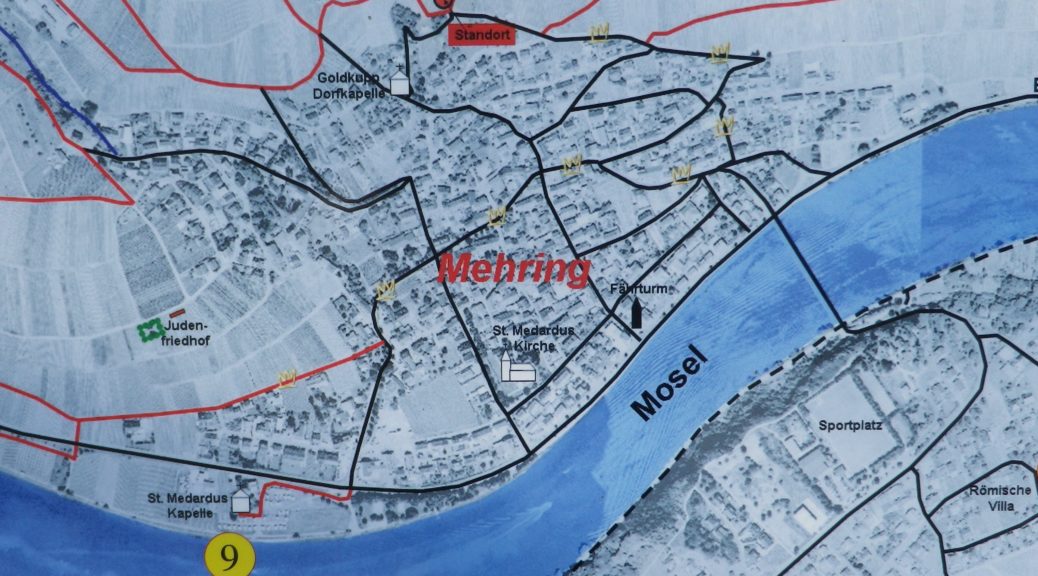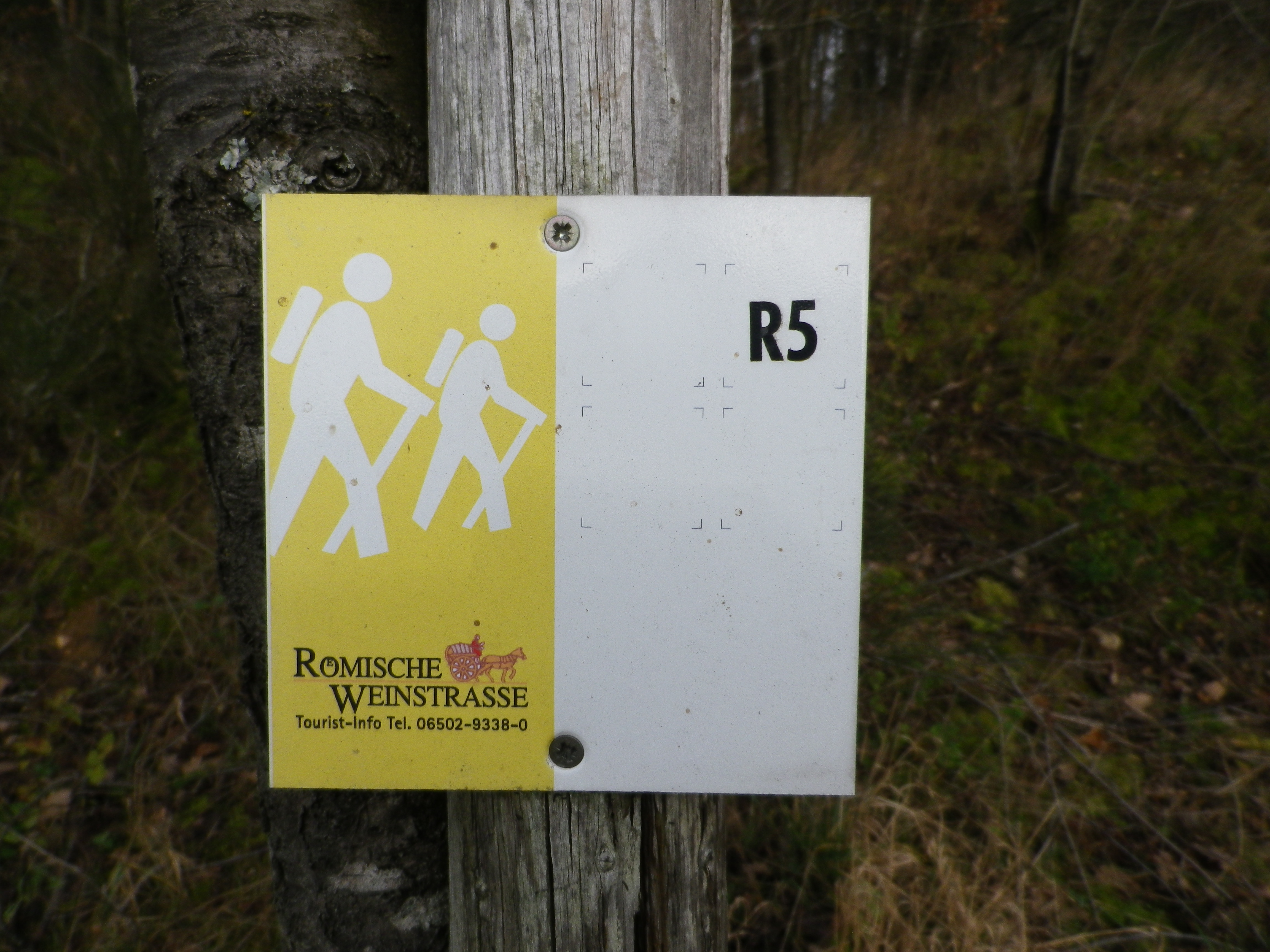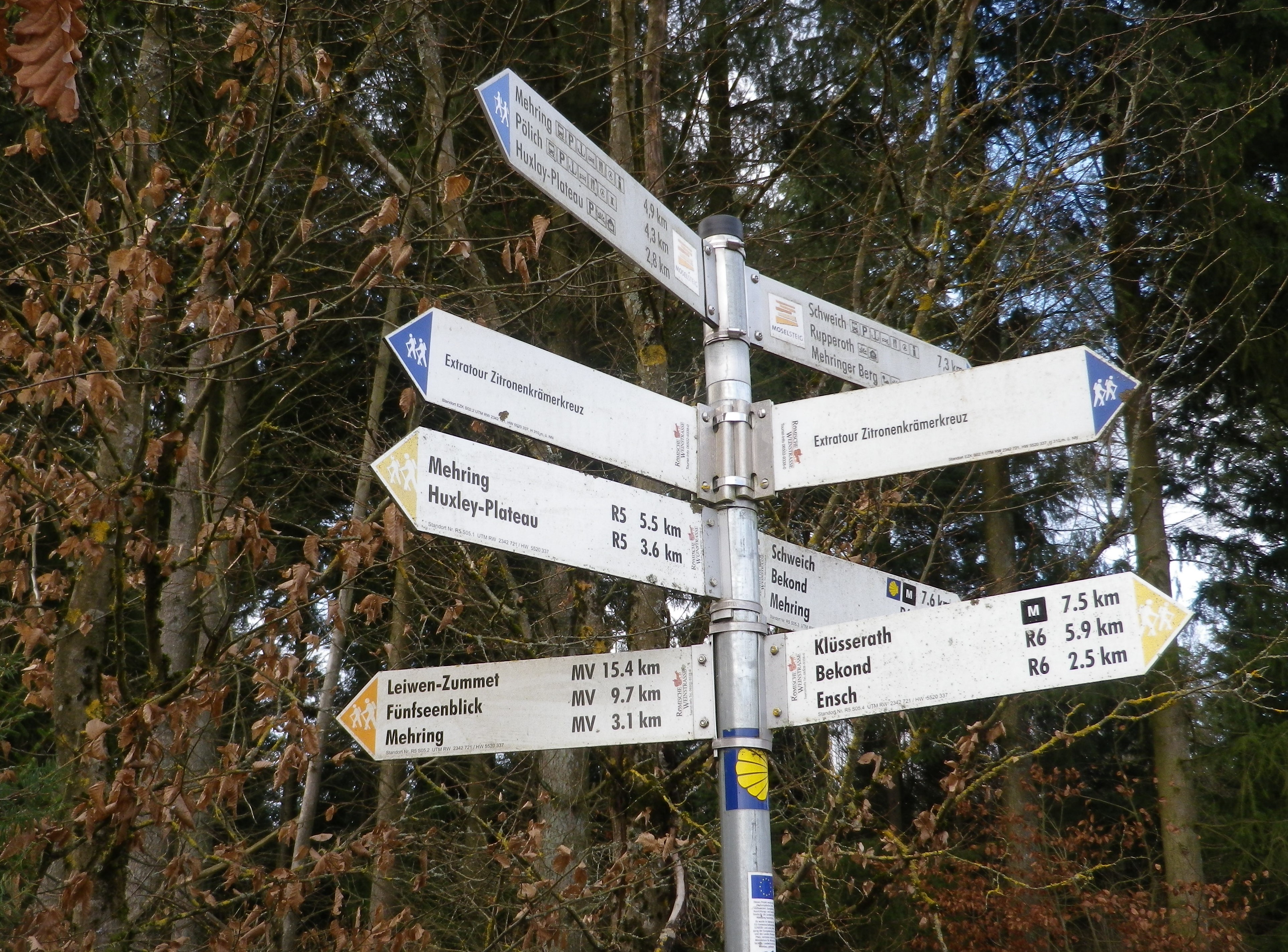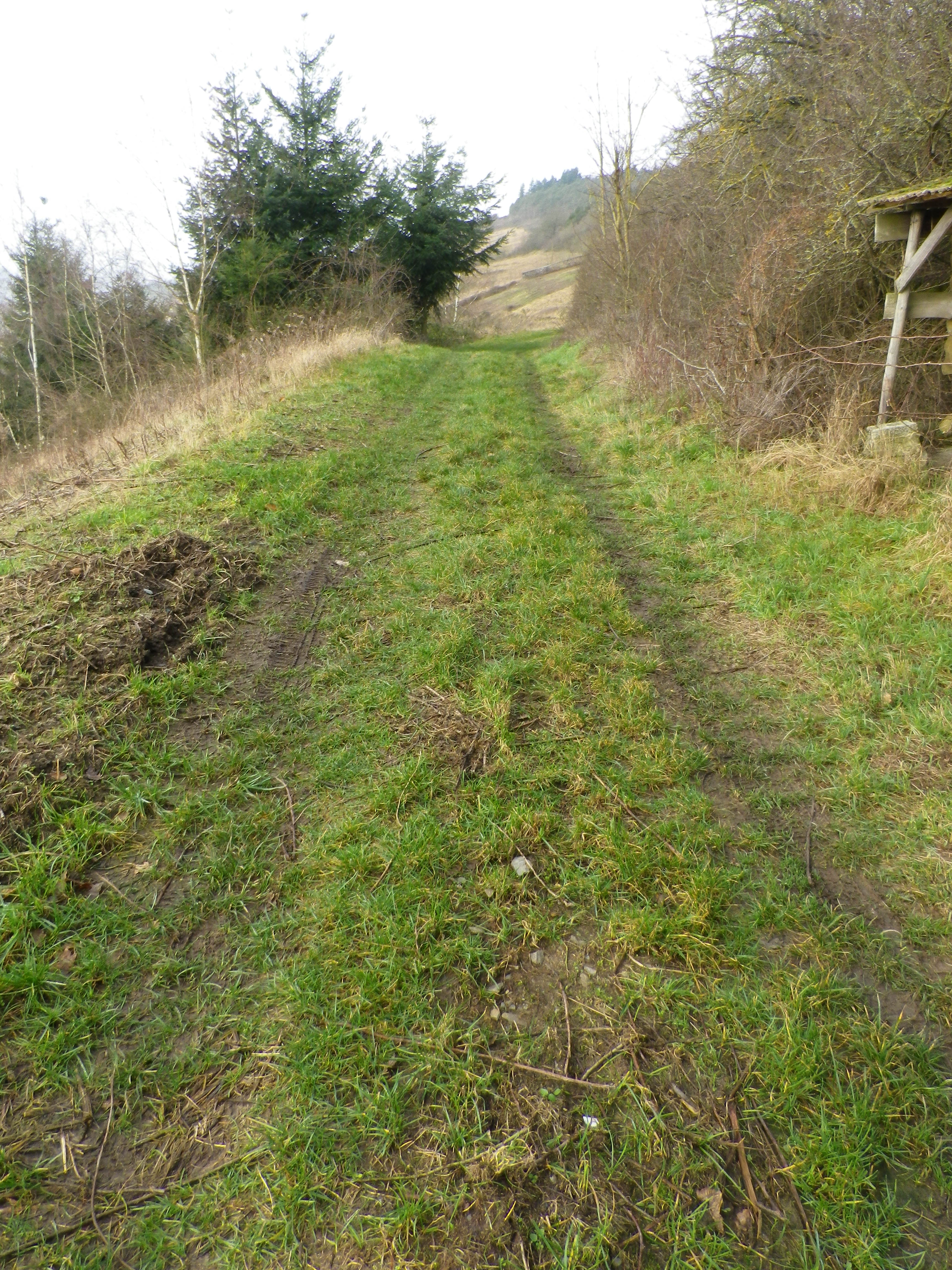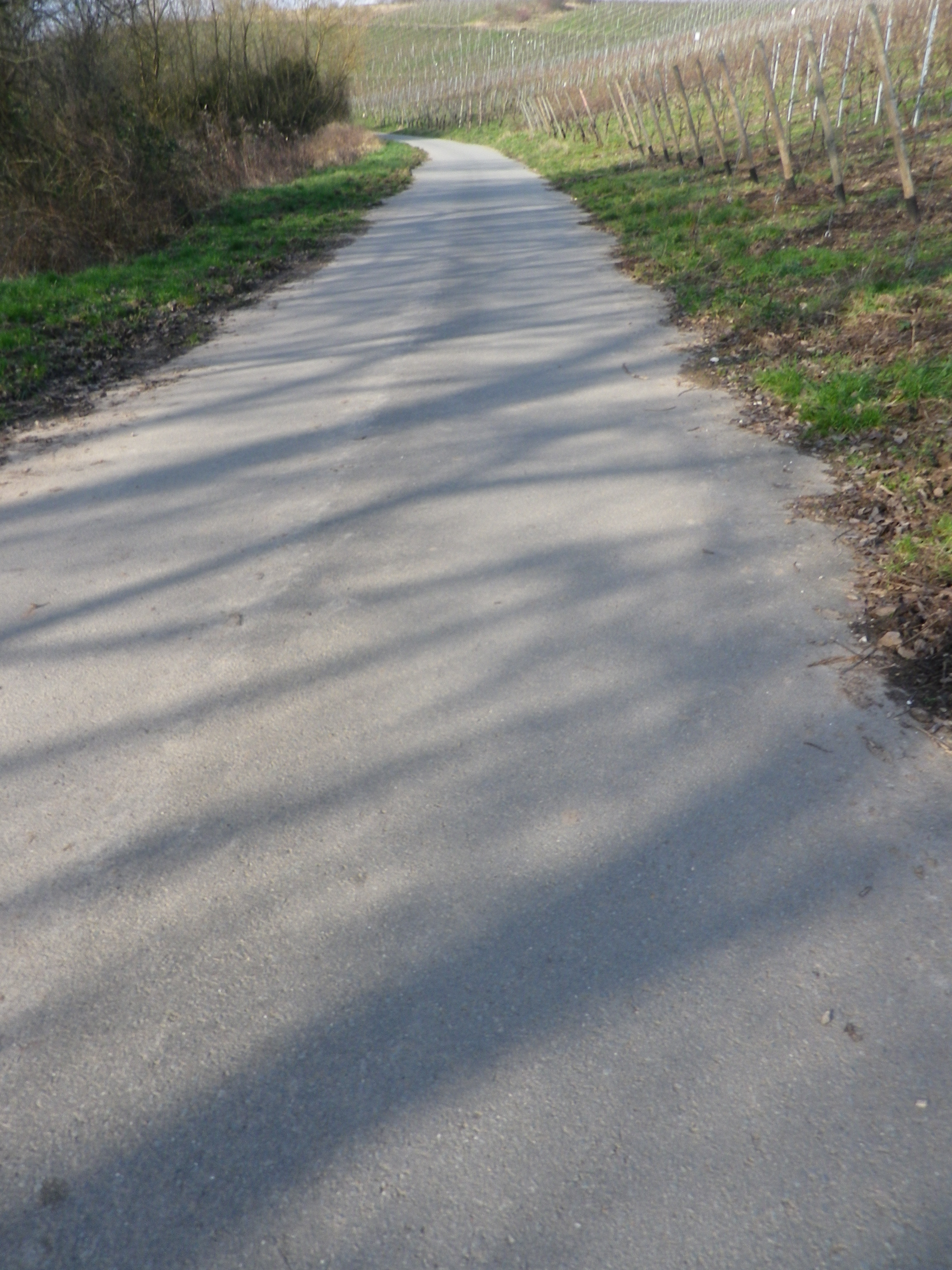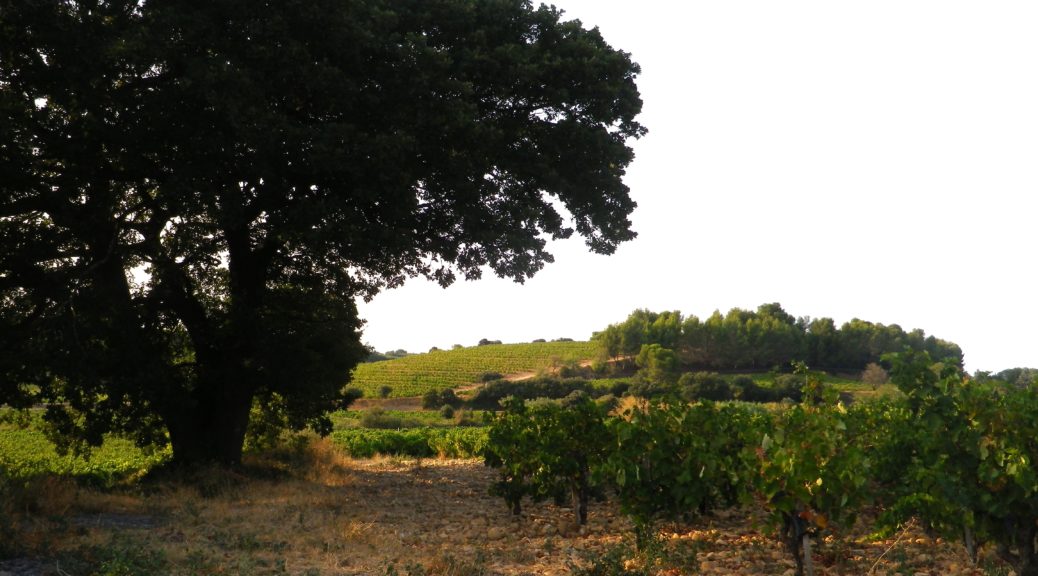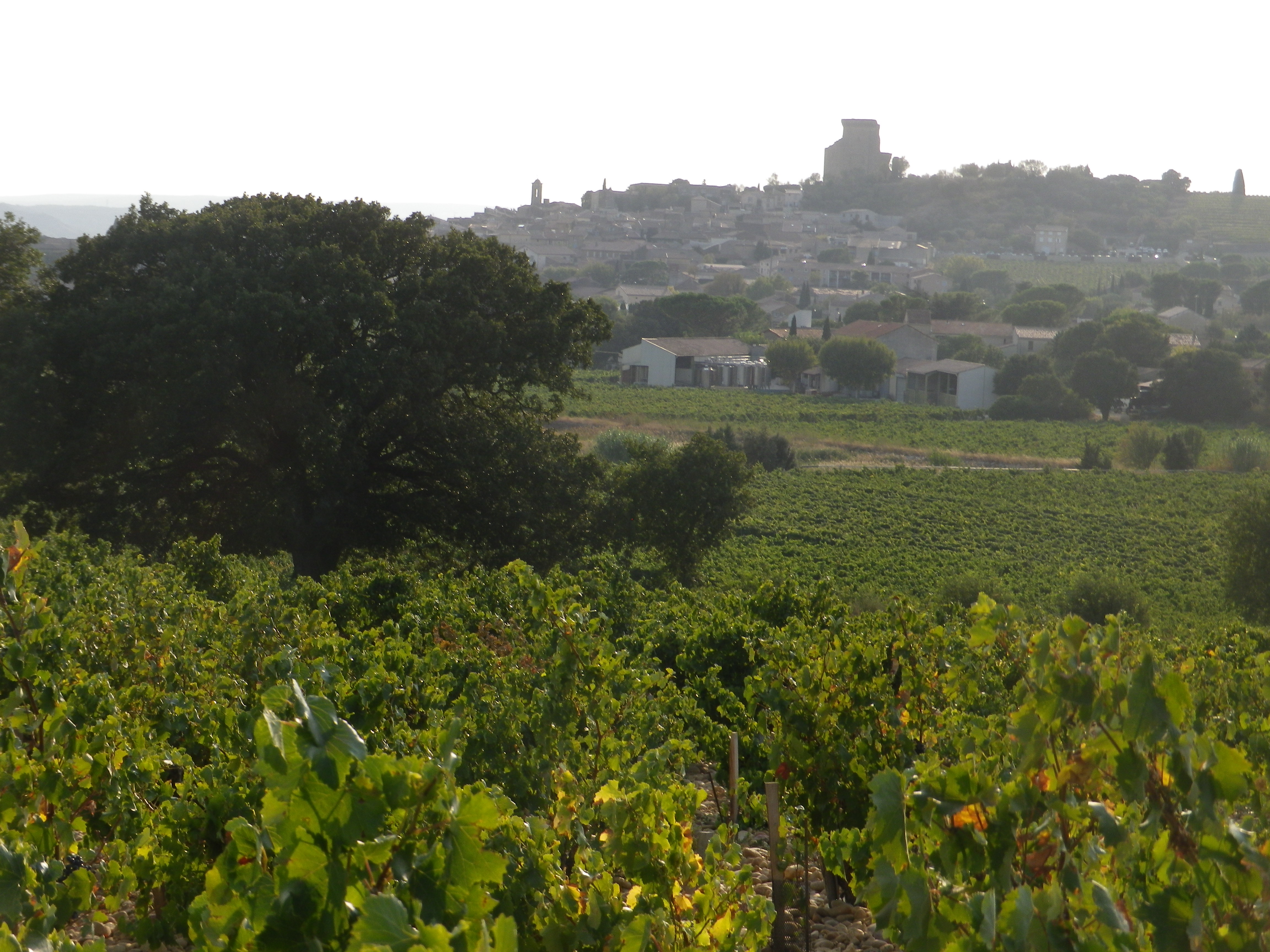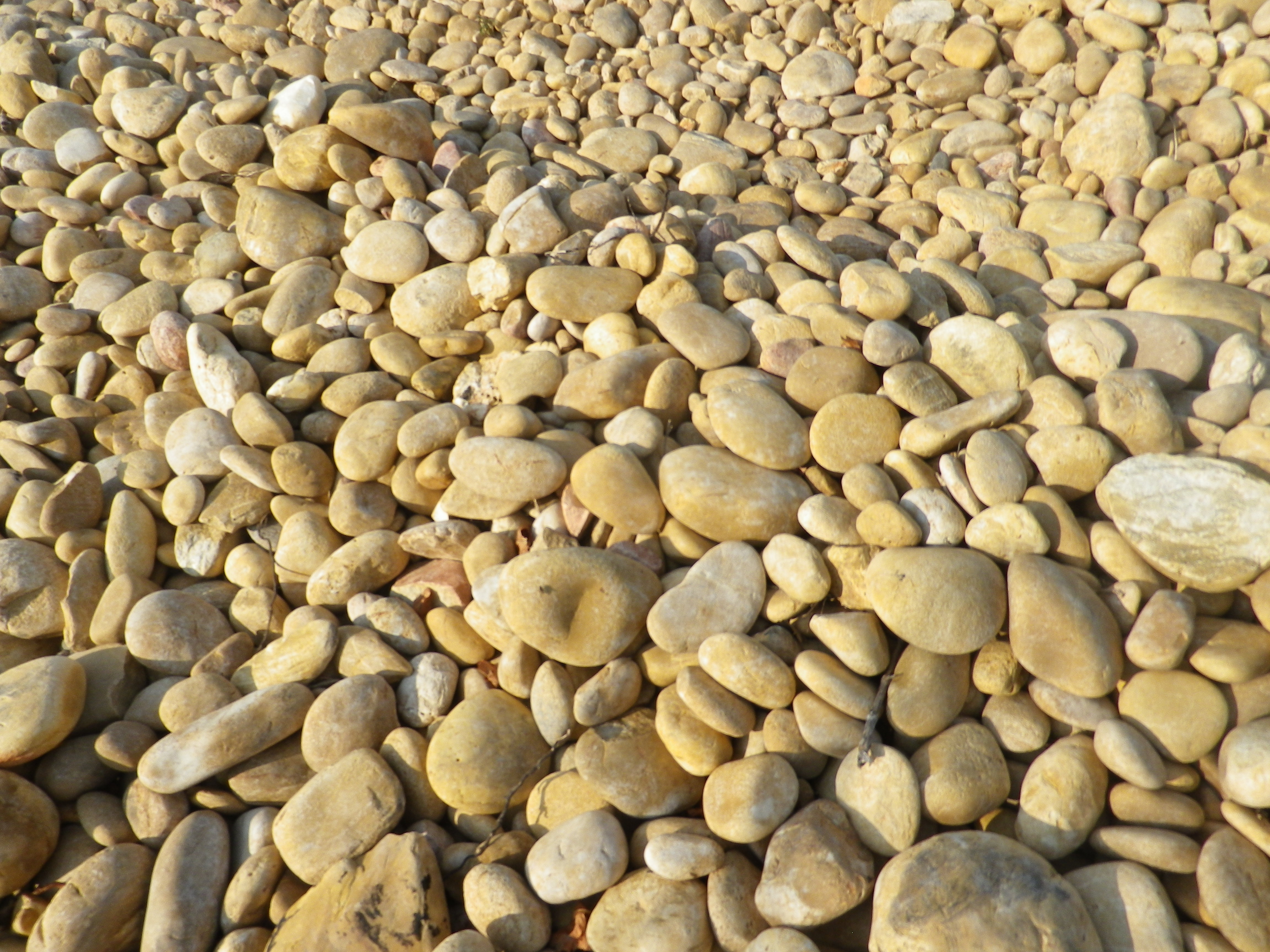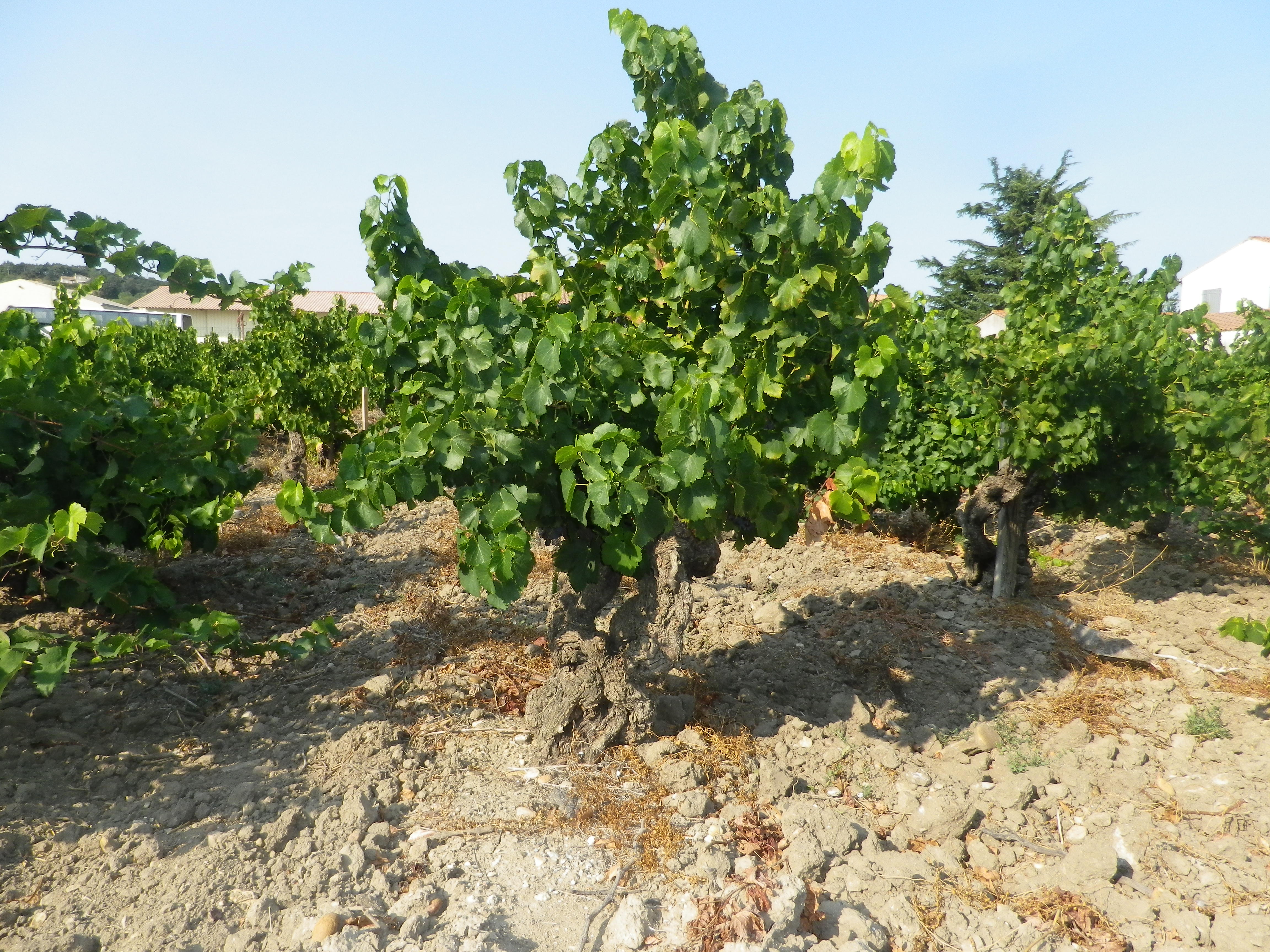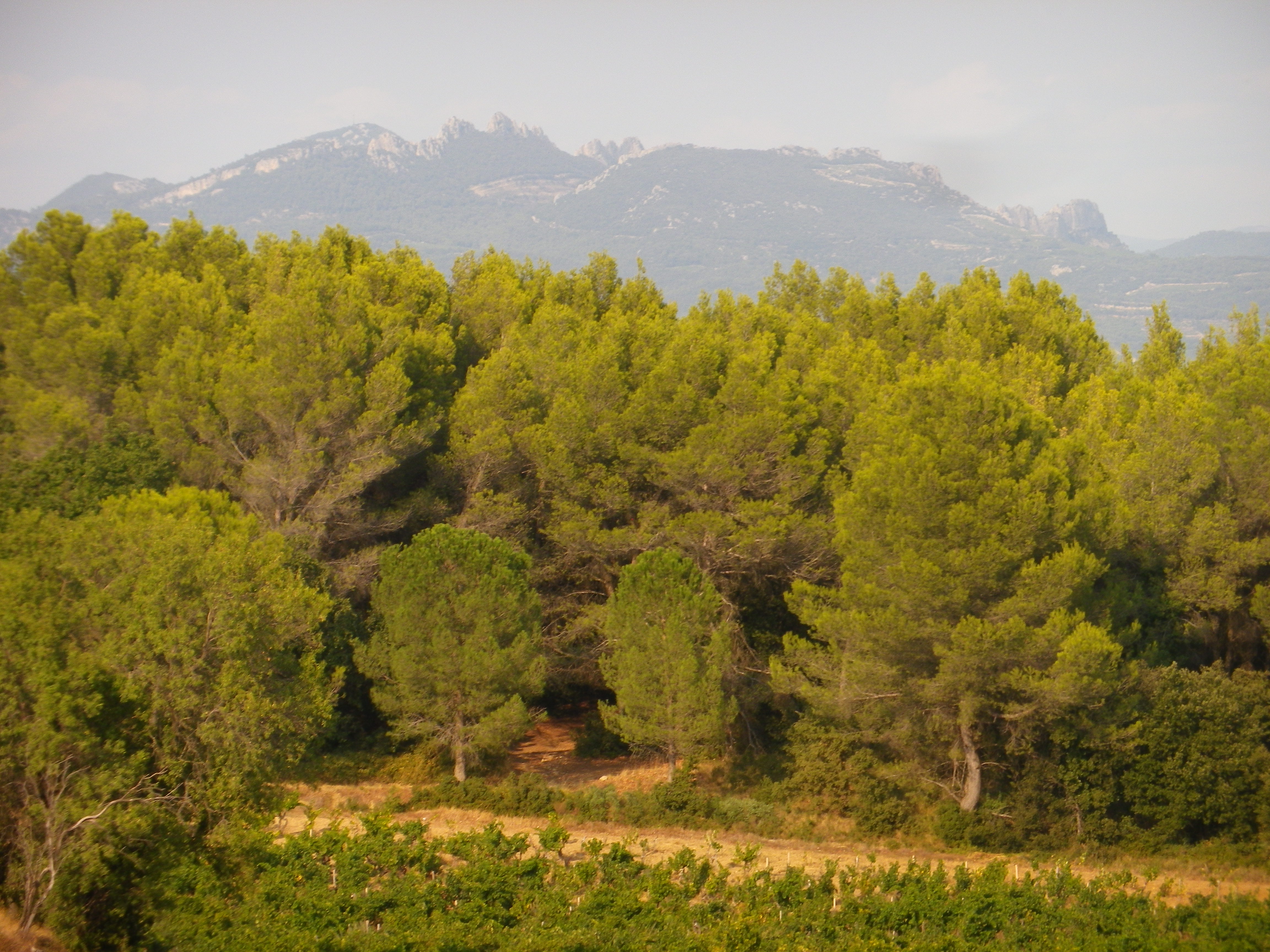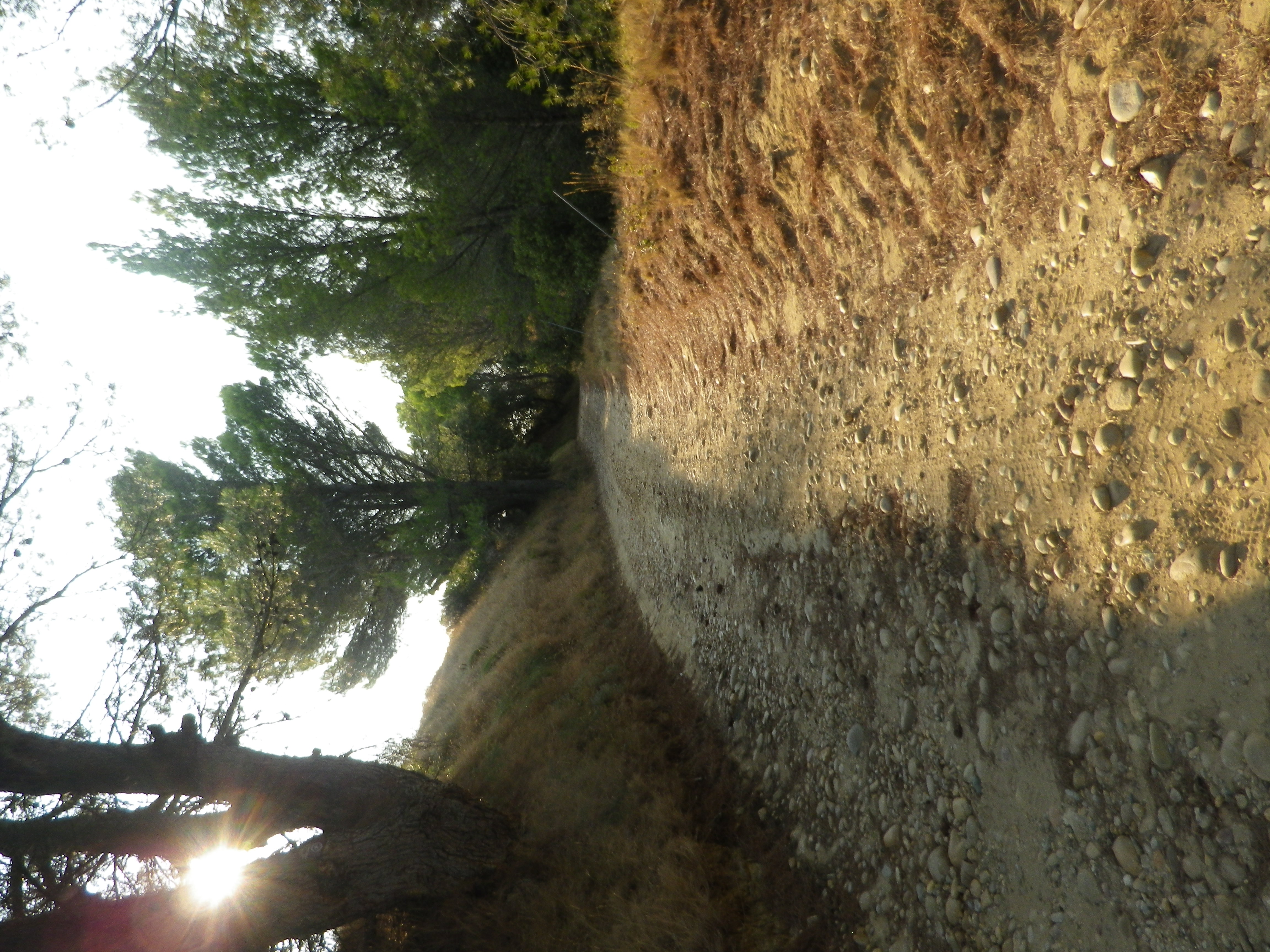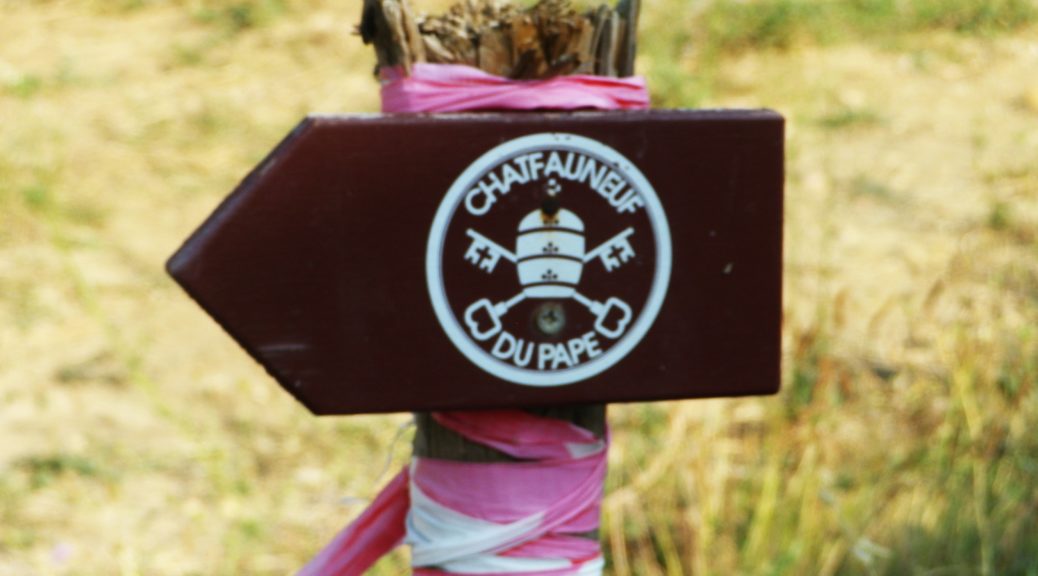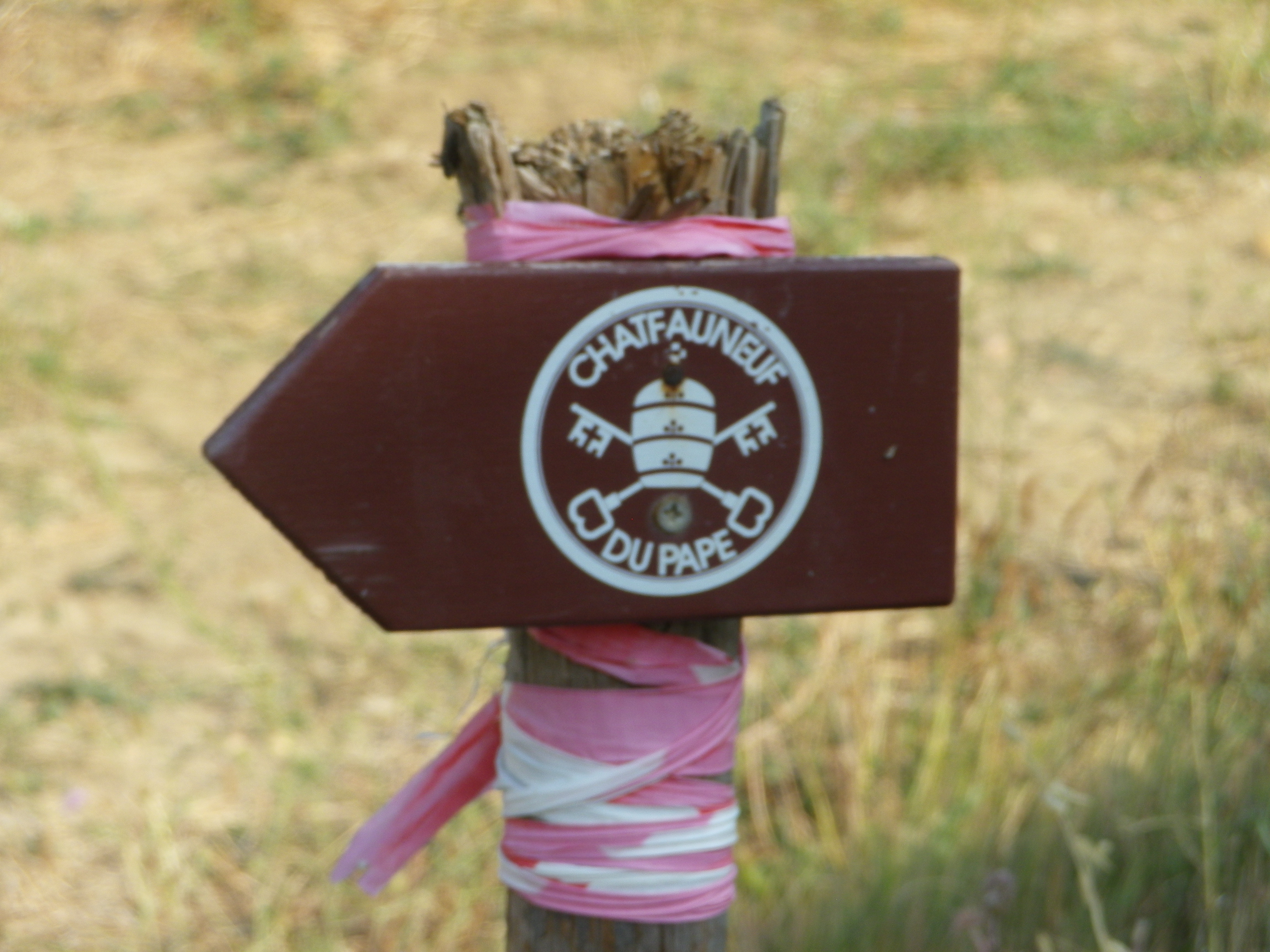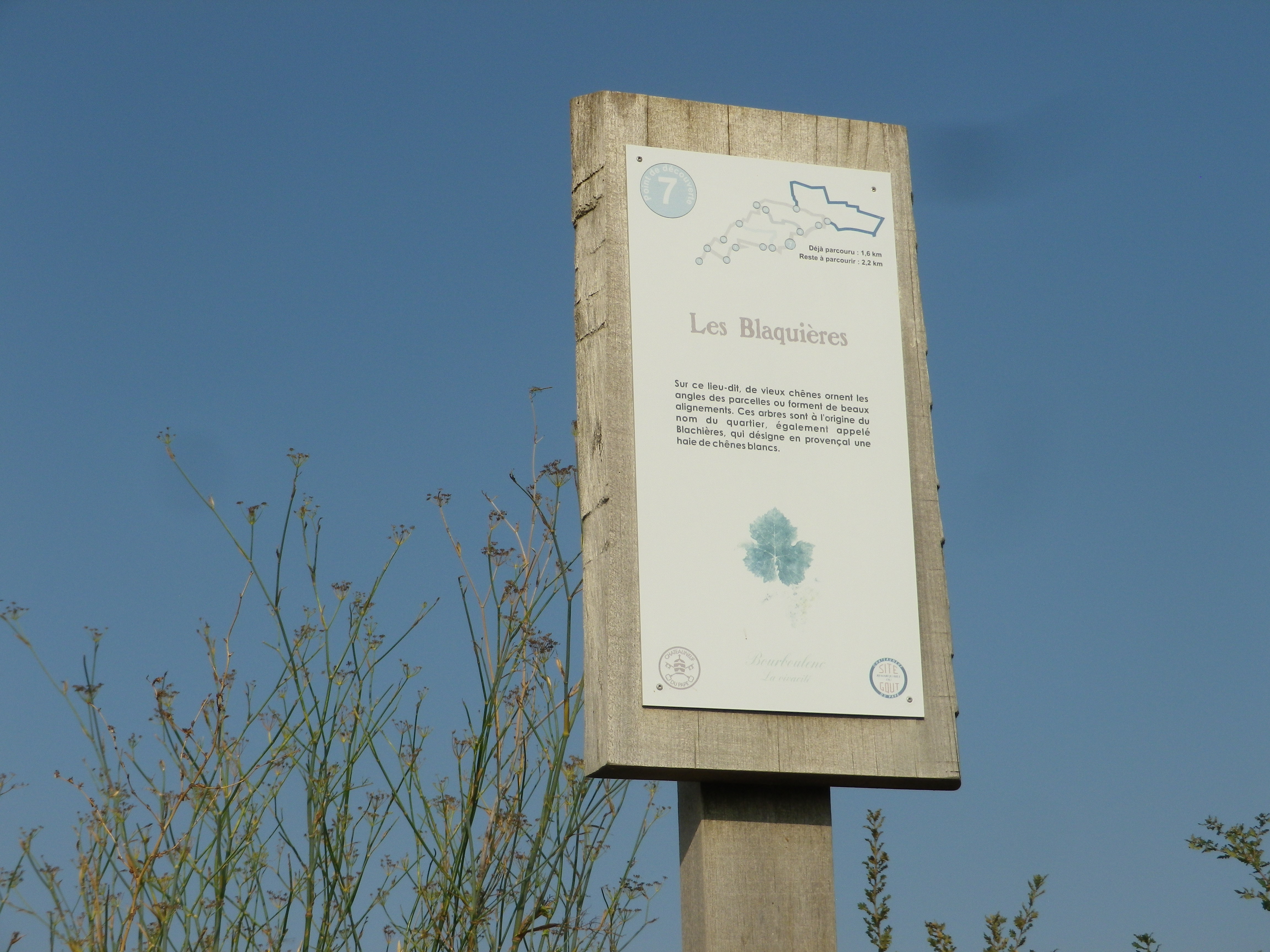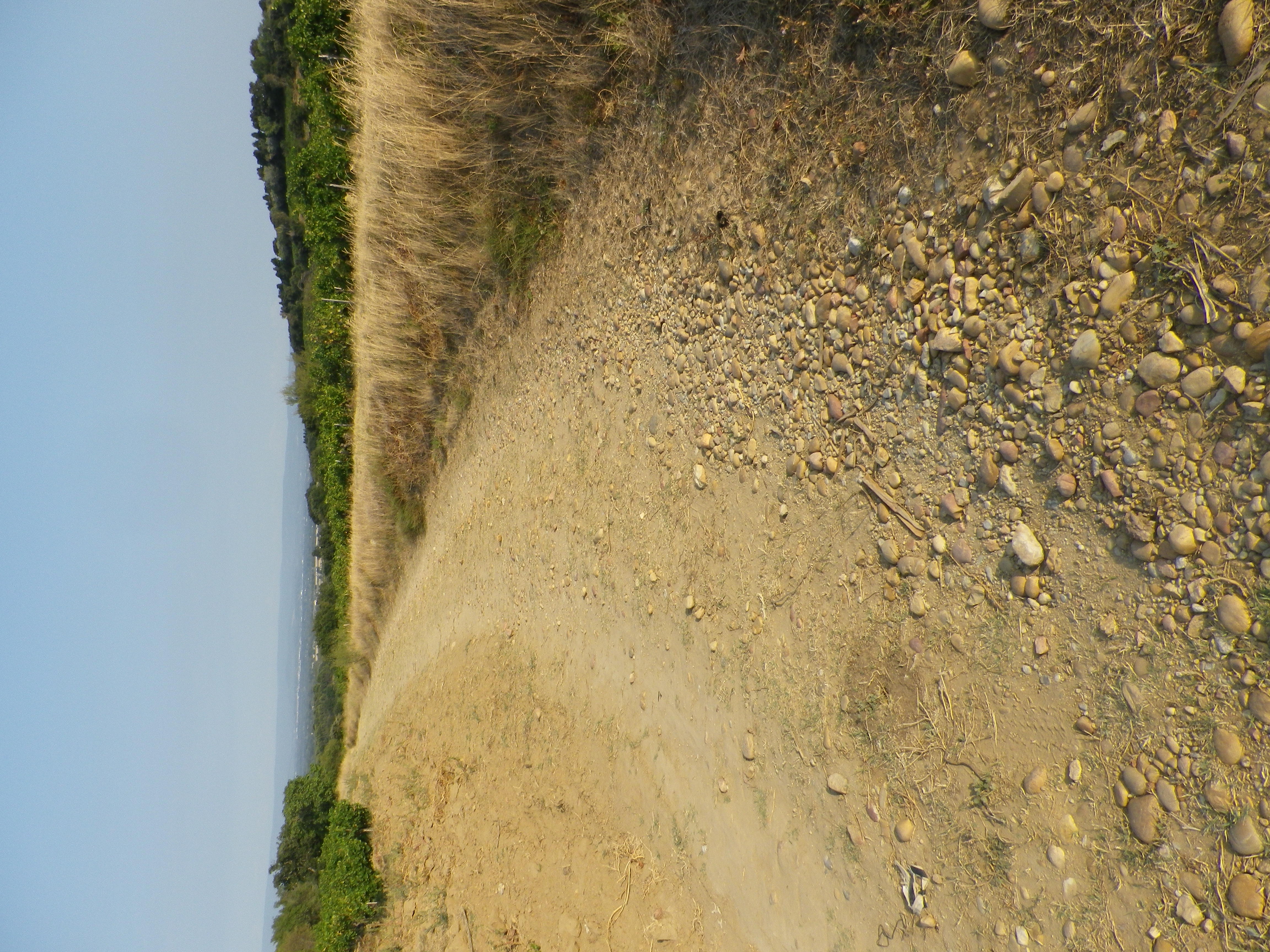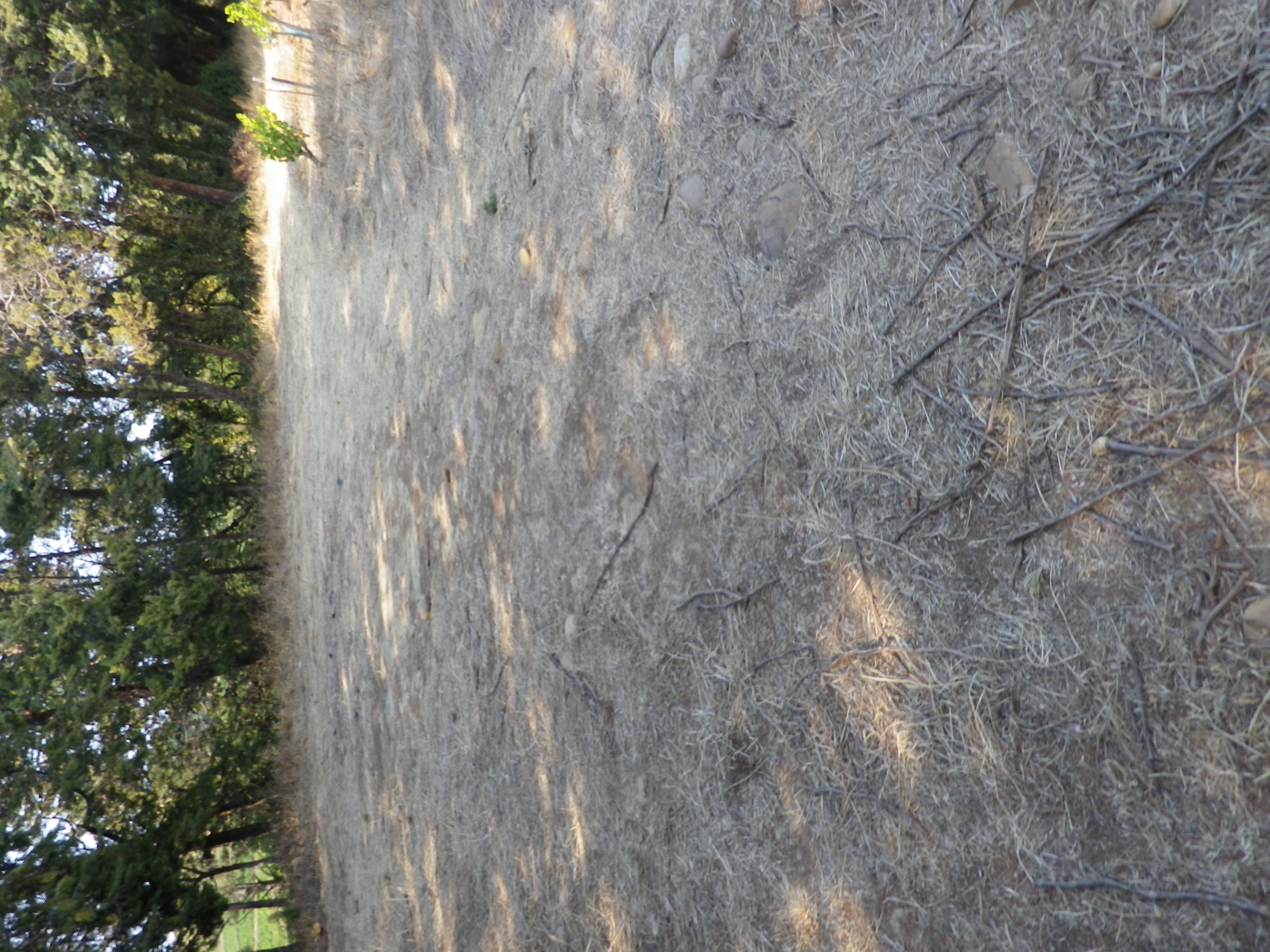There’s the Abbey of Truttenhausen, the Roseraie (Rose Garden), the Bear Fountain, and the famous (-for what, I don’t know-) Linden tree. All count among Heiligenstein’s attractions. I, however, was attracted to the grape vines. In Heiligenstein (and neighboring villages), the grape is the Savagnin rose, unique in Alsace. Heiligenstein’s vintners produce a special wine from this grape known as Klevener de Heiligenstein, a special aromatic wine reminiscent of Gewuerztraminer.
Fortunately, Heiligenstein has a number of hiking itineraries (and cycling itineraries) that pass through its vineyards. I selected one, a circuit, and computed the time I needed to finish before the wineries closed and the winter sun set behind the mountains. Mount Saint Odile lies to the west of the village. While only half the height of the tallest peak in the Vosges range, it rises sufficiently abruptly from the small town to form a protective barrier from the wind and cold.
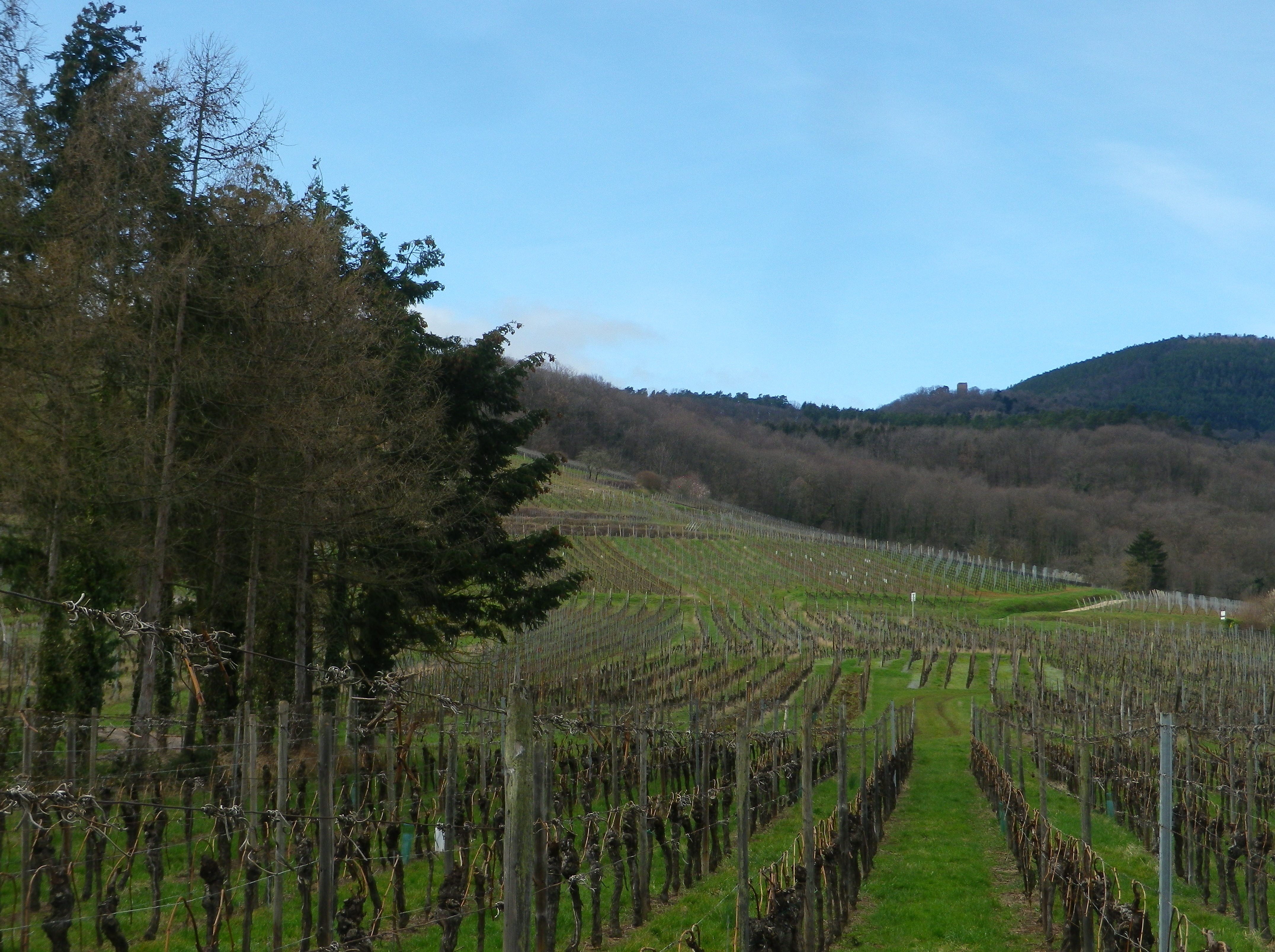
Thus, on a late February afternoon, the trail conditions were snow and ice free, even if it had been a bit rainy. No games or practices that day (maybe rain delays?), so the parking lot at the sports field was empty. Thus, it was a quiet start heading toward the mountain, but not a gloomy one. Rays of sun occasionally poked out from behind the clouds. Bright green was everywhere, even in winter, watered by the springs and rivulets that bubbled and burbled from the mountain side.
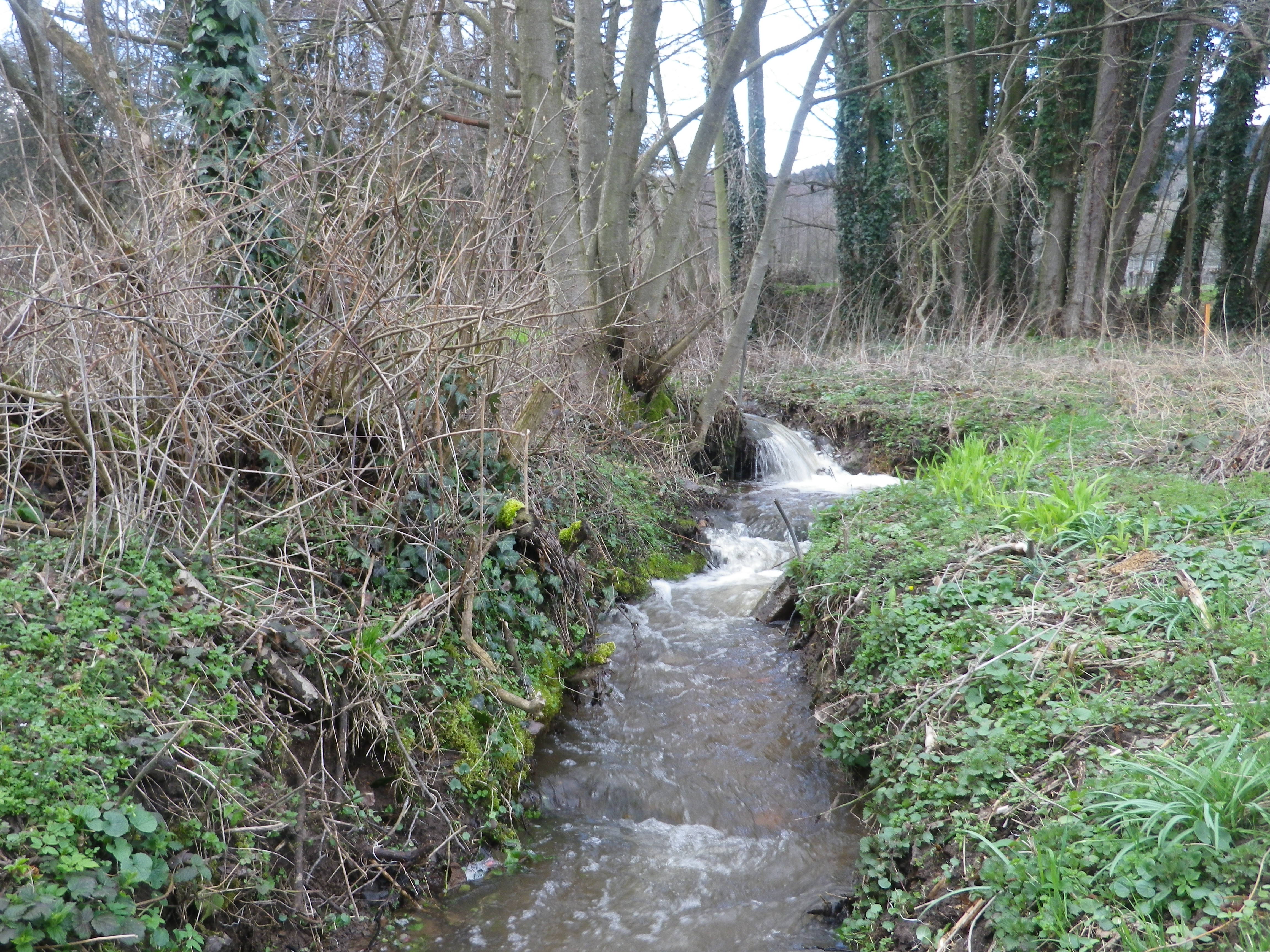
Approaching the area of Truttenhausen, signs to the Abbey appeared. Now in ruins, it is one of a couple of abbeys or chapels that developed on the slopes of Mount Saint Odile, a special place for a special saint from Alsace – one of their own who lived in this area about 1400 years ago. Her massive convent atop the mountain, with a statue of the saint high above it, casts a protective eye over much of northern Alsace. (Worth a visit for the 360 degree views.) While my trail was significantly lower down the slope, the views across the Rhine River valley over to Germany were still awesome nonetheless.
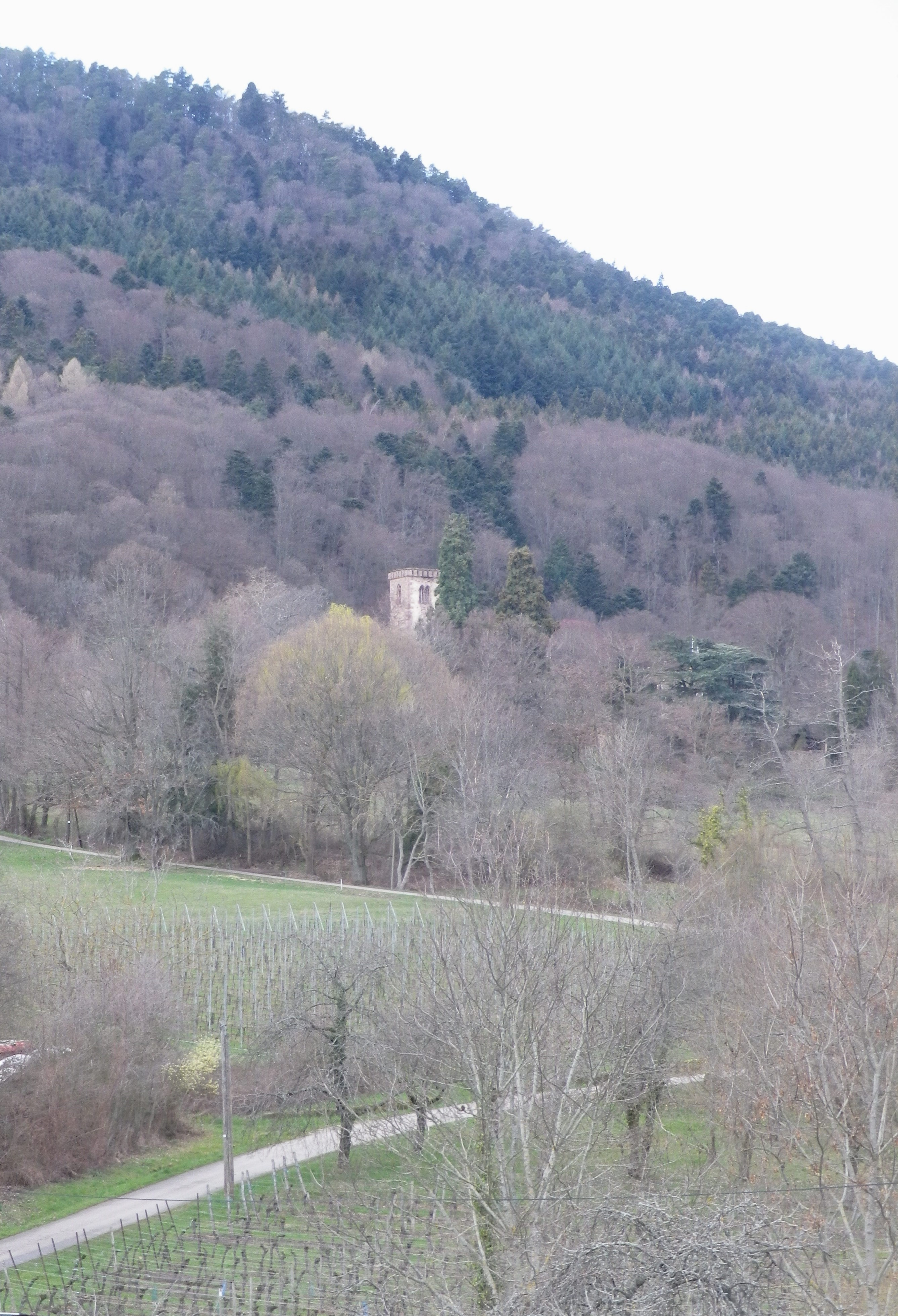
It wasn’t until after passing the famous landmark of the Linden of Heiligenstein, that the true extent of the town’s vineyards revealed itself. For beneath the tree-covered slopes of Mount Sainte Odile, vineyards extend downhill, toward the east and southeast for an impressive distance, until they adjoin the grain and vegetable fields of flatter lands to the east.
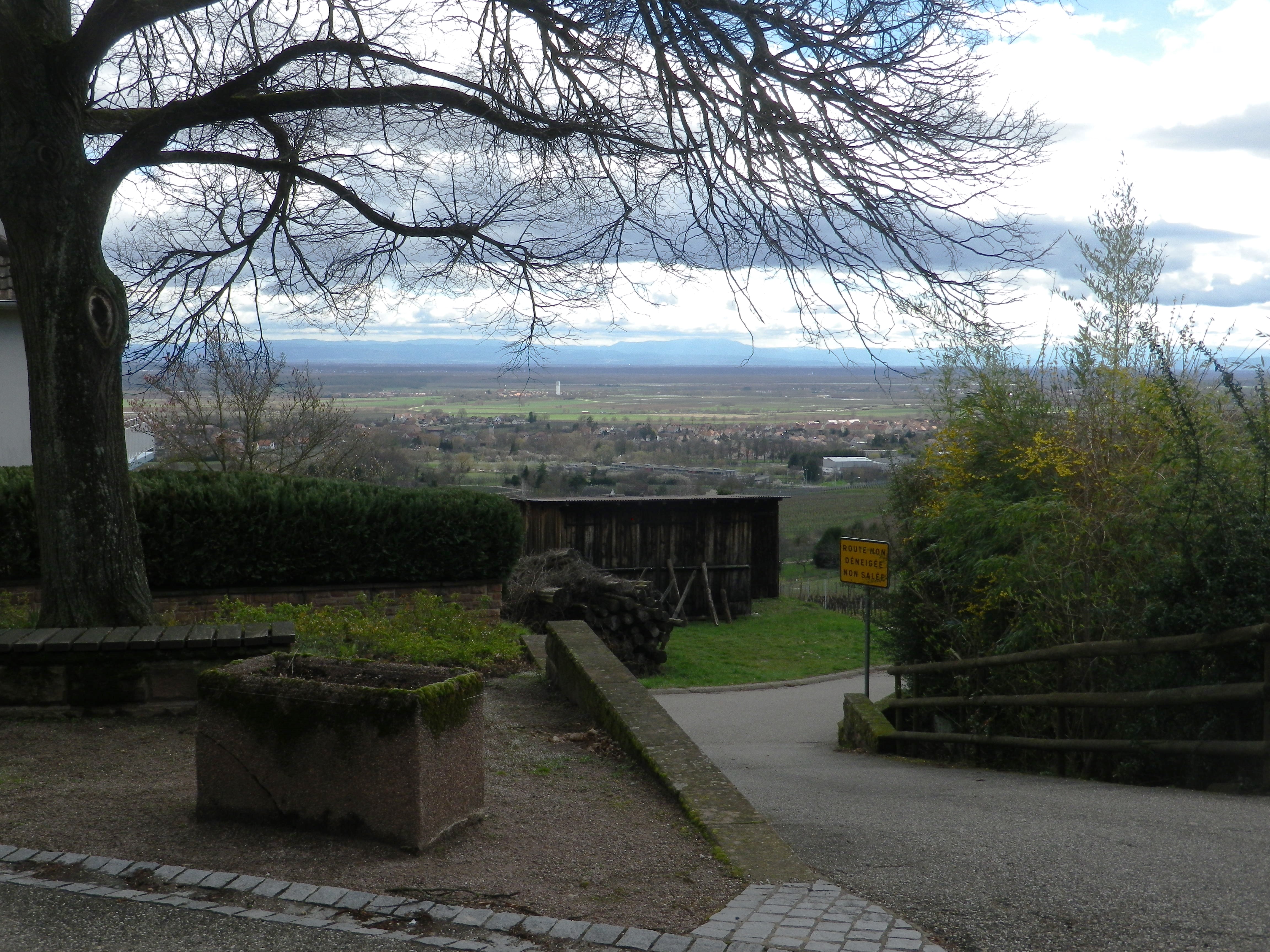
Following the circuit below the town placed me amidst acres of vines. Many plots have names, often they are (or were) enclosed. Many of the clos of Alsace are famous. One here was partially enclosed, but it never was famous, although it was obviously beloved by the local vintners at one point. Clos are special places where the grapes are particularly valued, hence protected by walls. Who knows – perhaps this is the plot where the grapes for the wine destined for the Bishop of Strasbourg, only 20 kilometers (about 12 miles) distant, grew. (Several towns, on both sides of the Rhine, owed an annual amount of wine to the Bishop of Strasbourg. Heiligenstein was just one of them.)
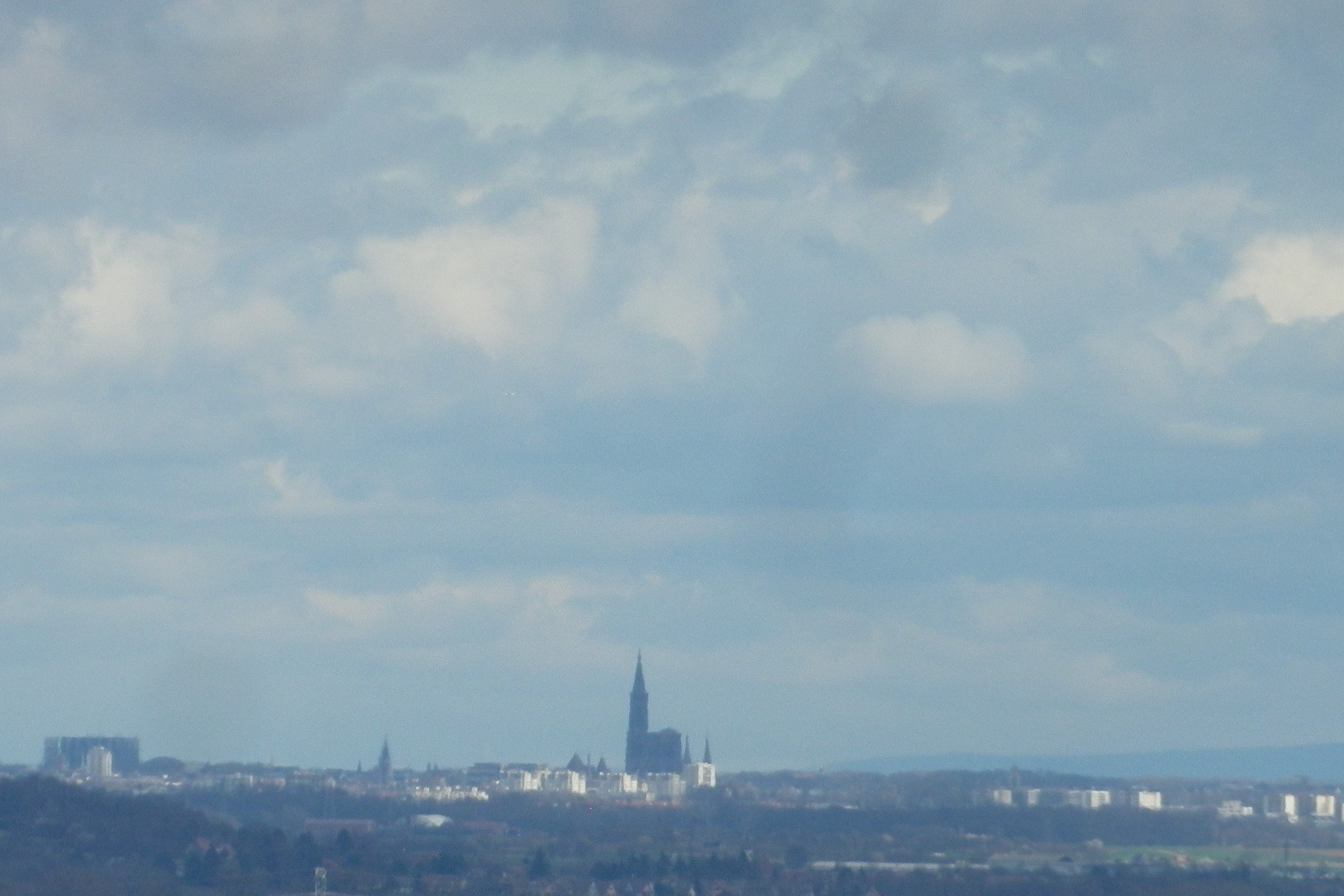
At the end of the circuit, I was less than half a kilometer from a few family-owned wineries. But it was necessary to jog to them to ensure I arrived before closing time. Unfortunately, there never seems to be enough time to enjoy wine! And unique wines like Klevener de Heiligenstein need both time and a special, objective perspective to savor them.
